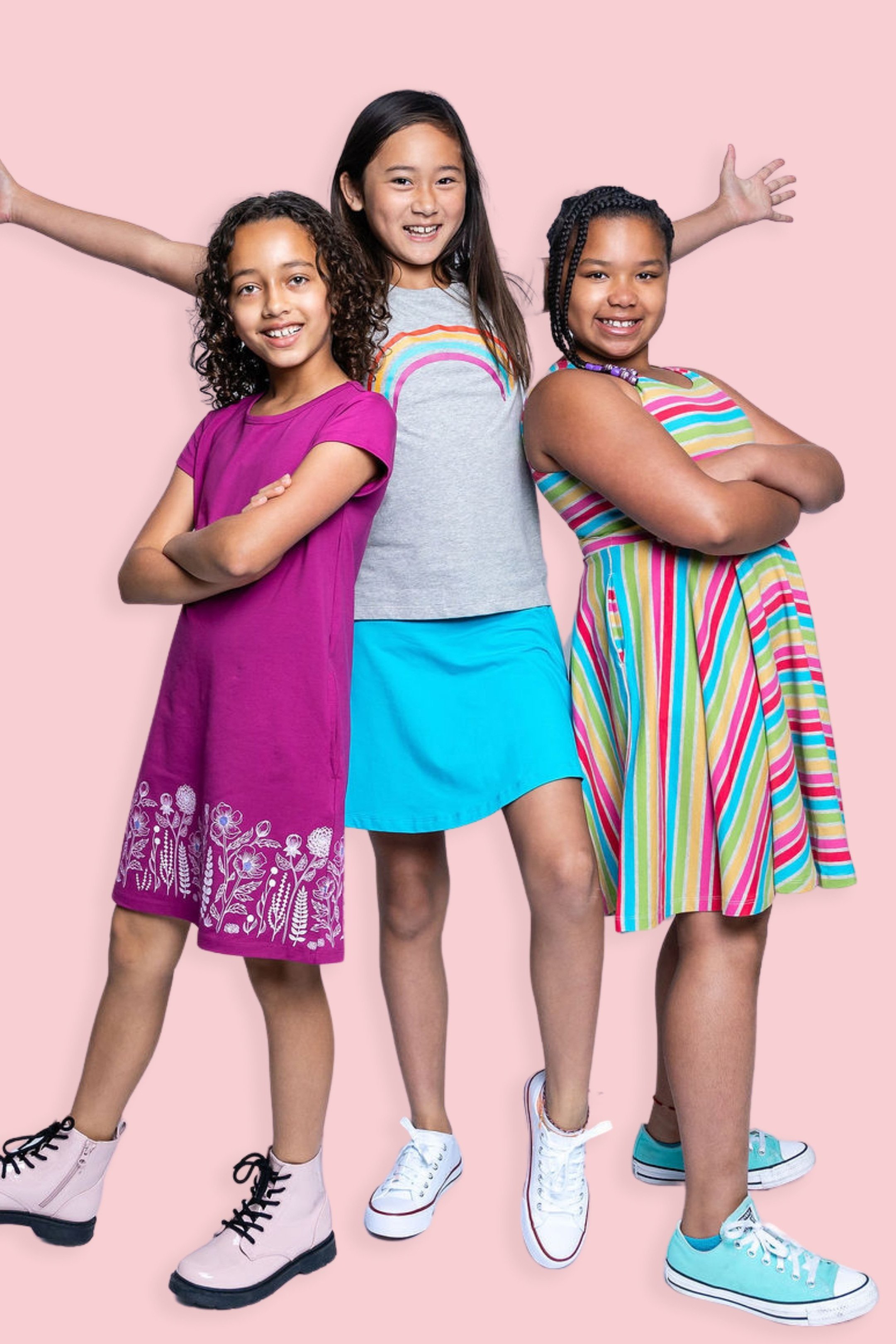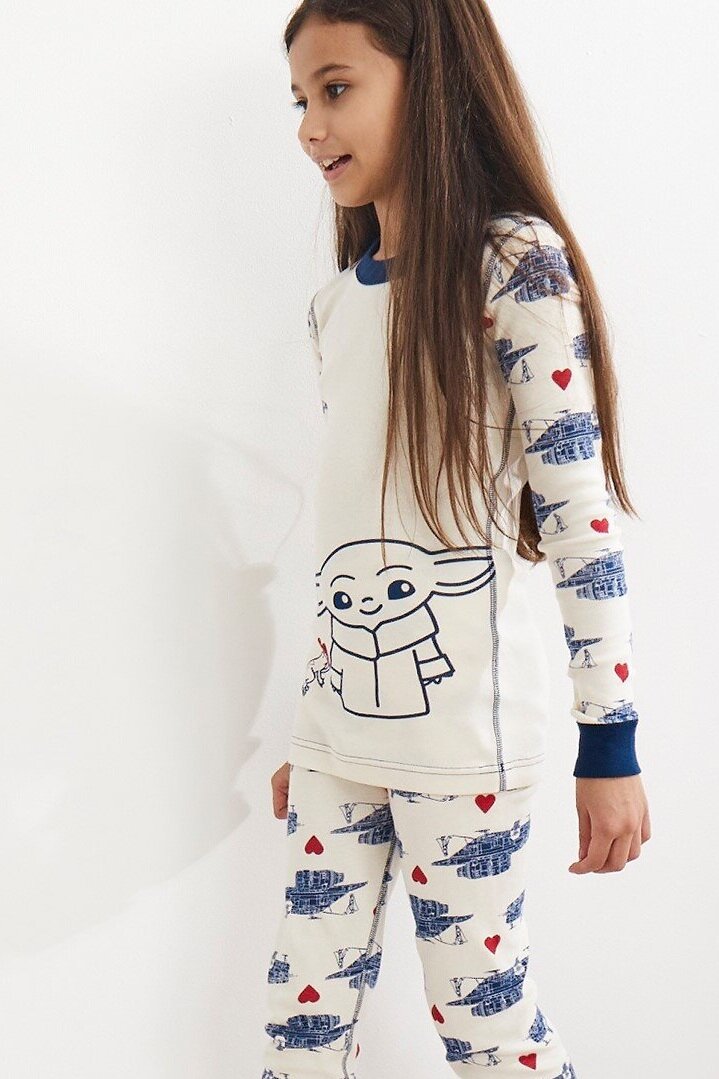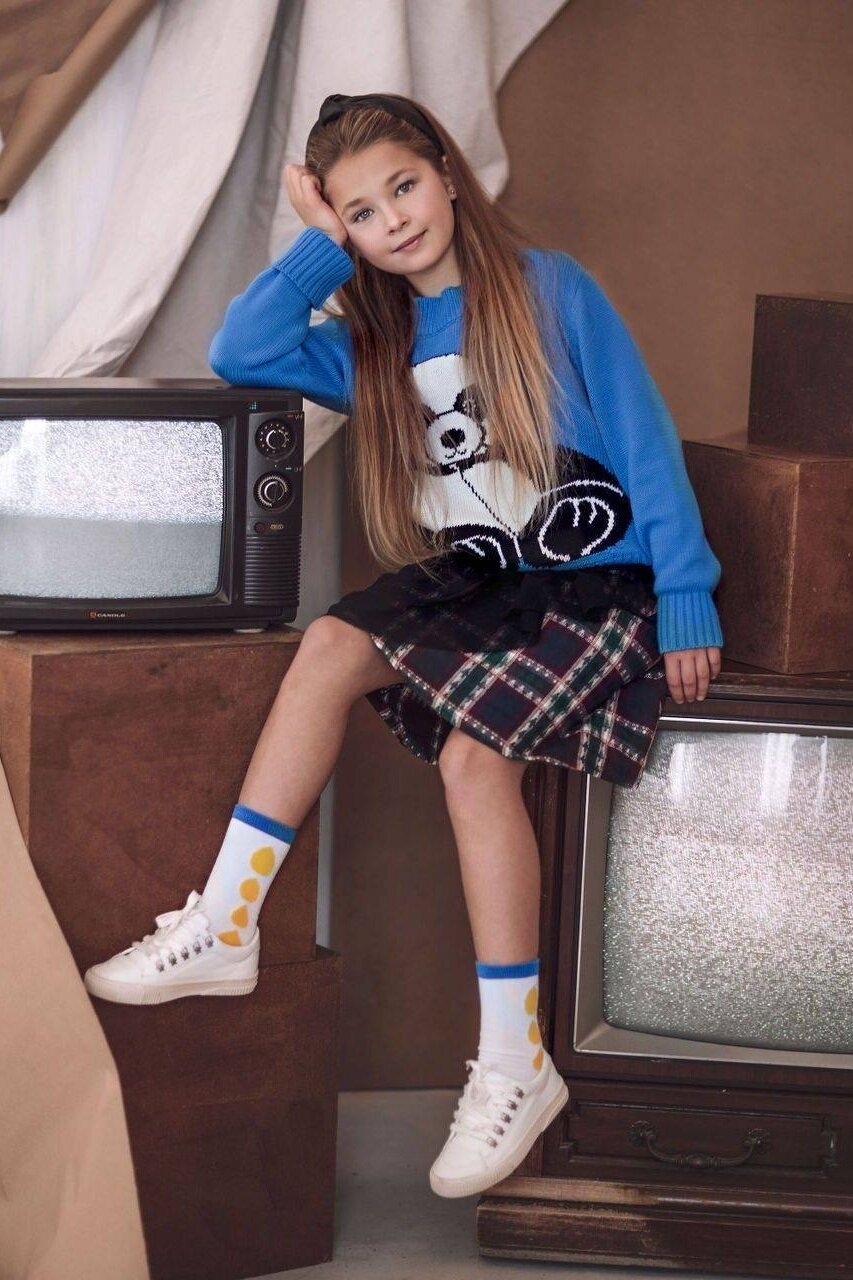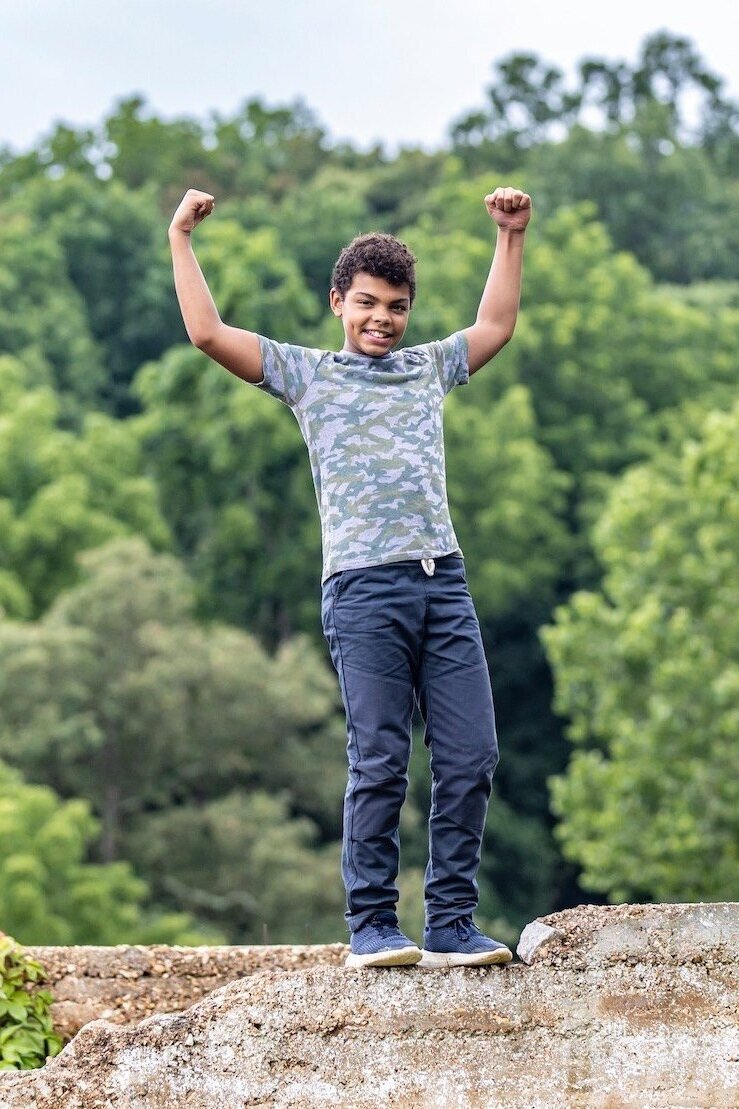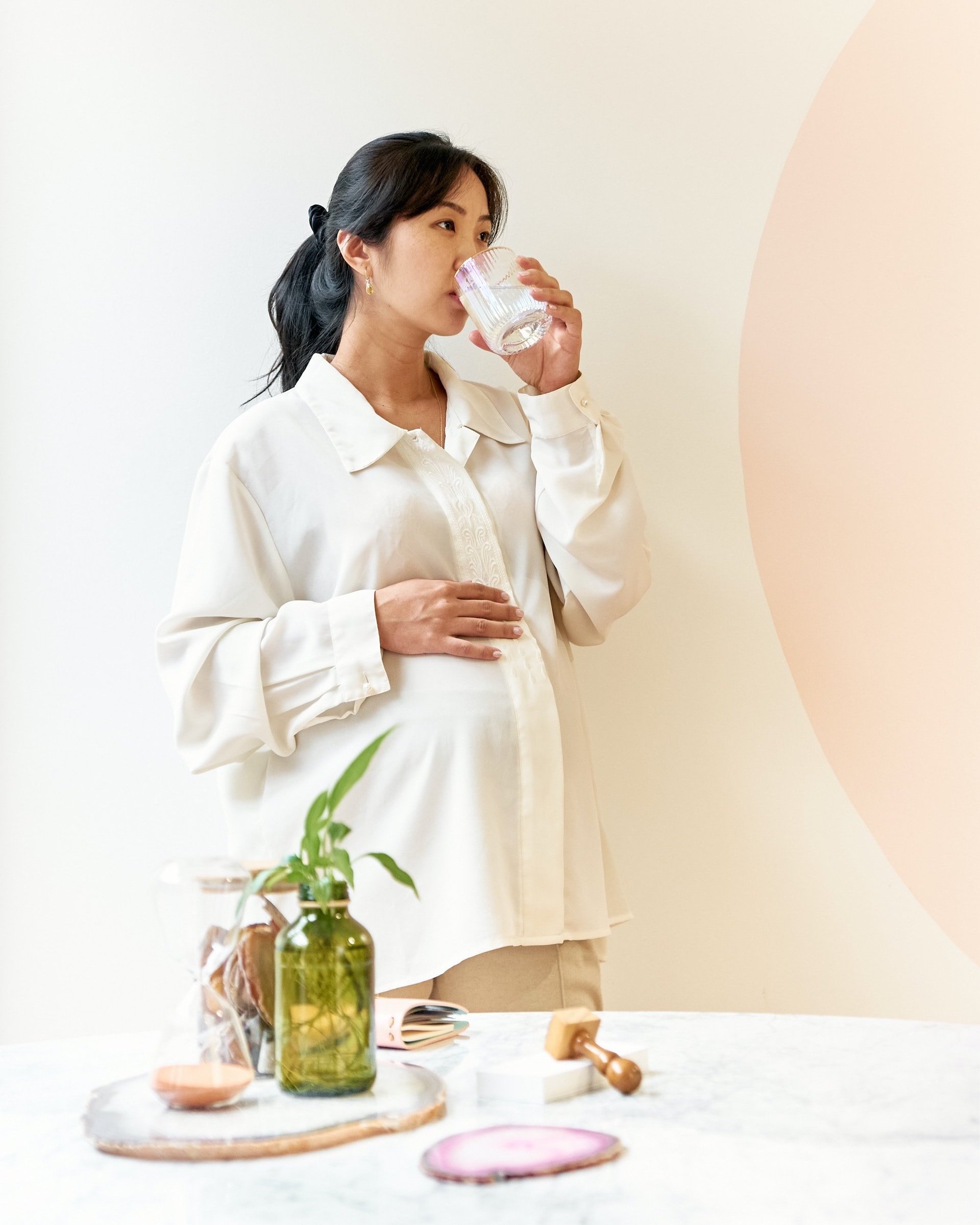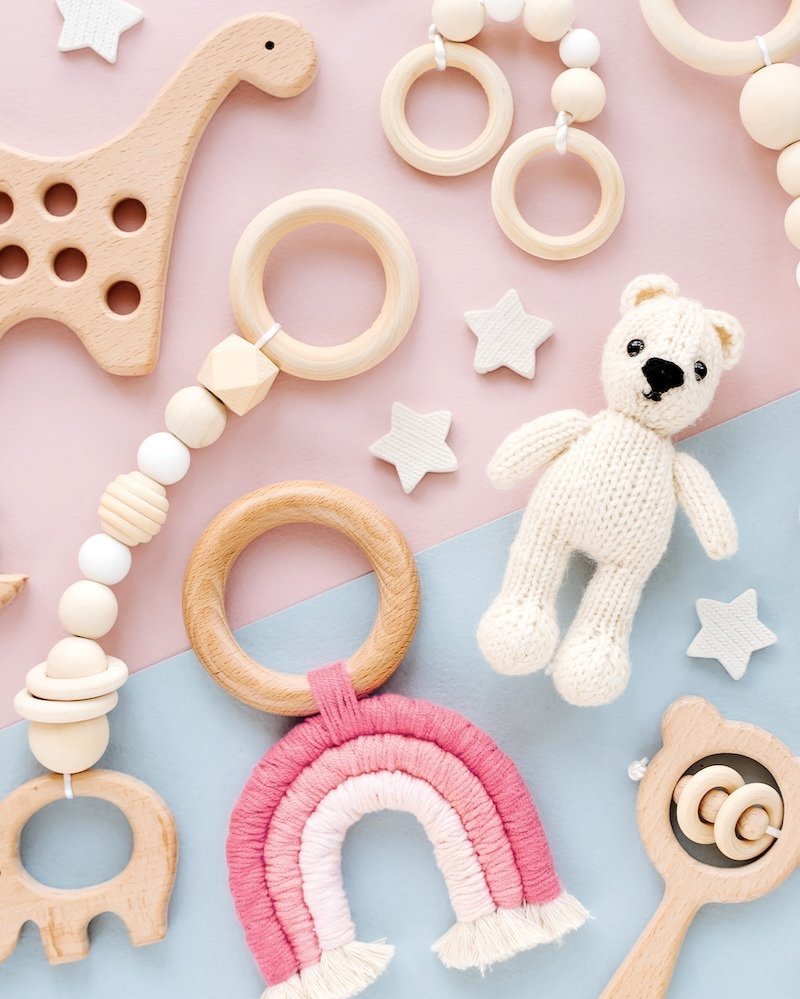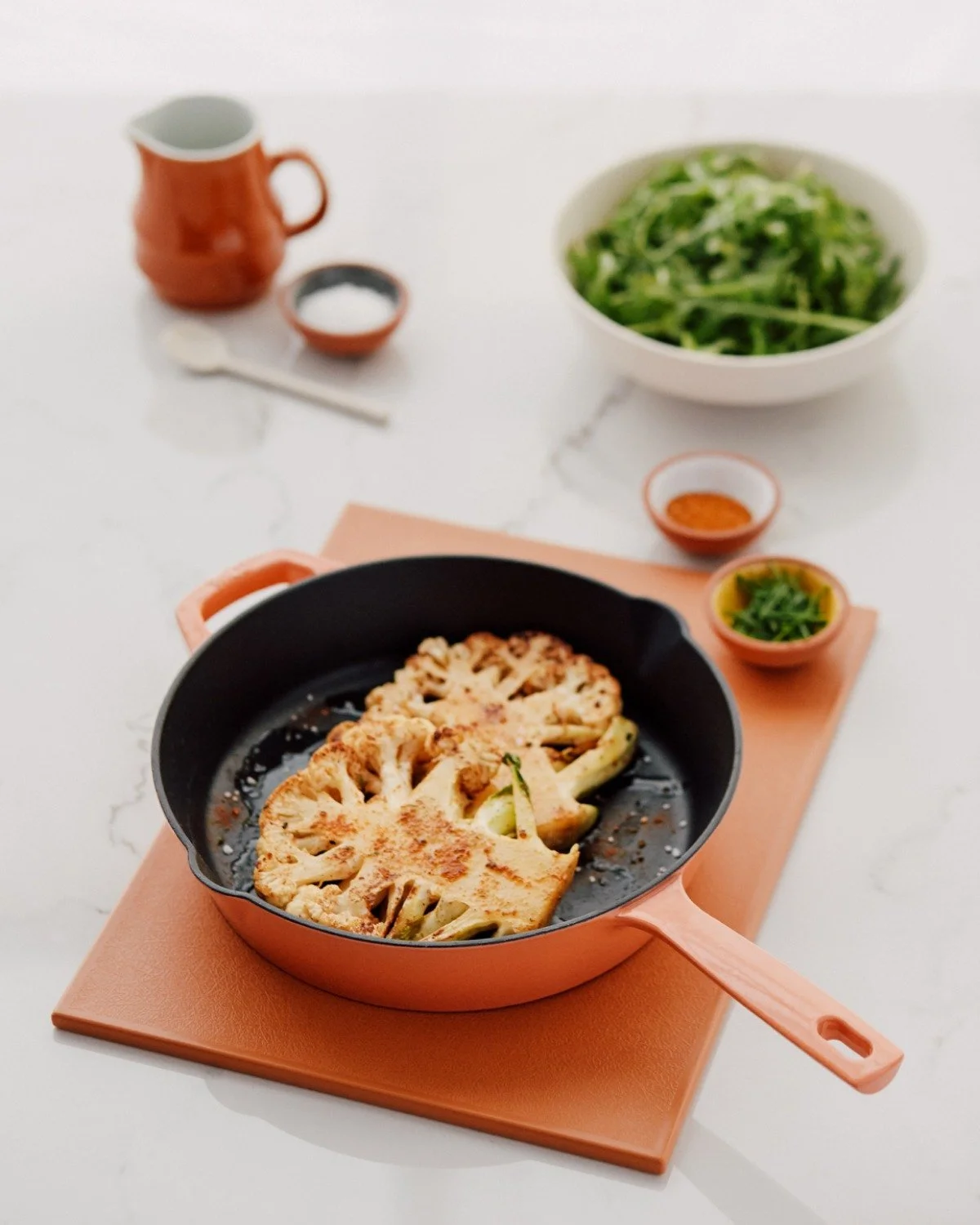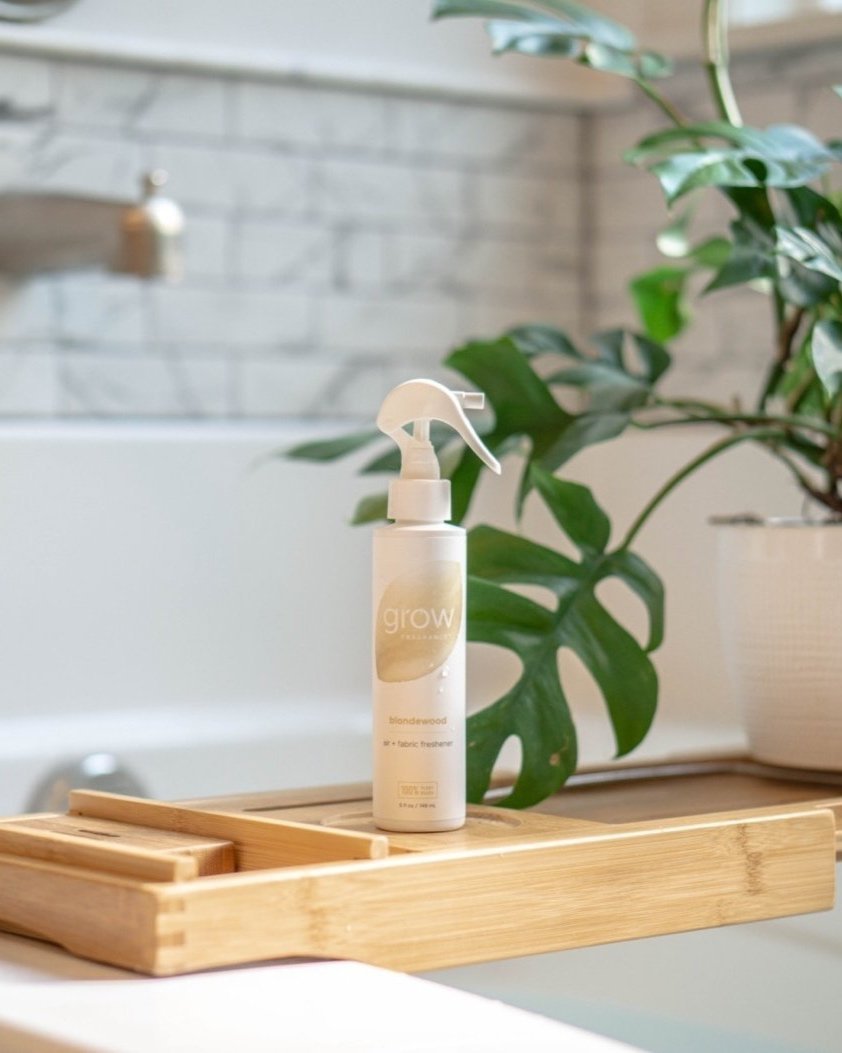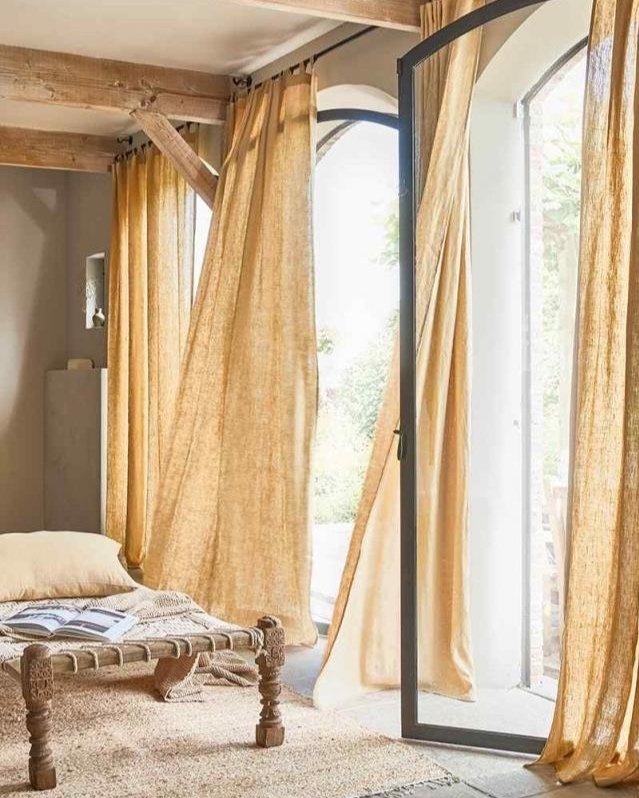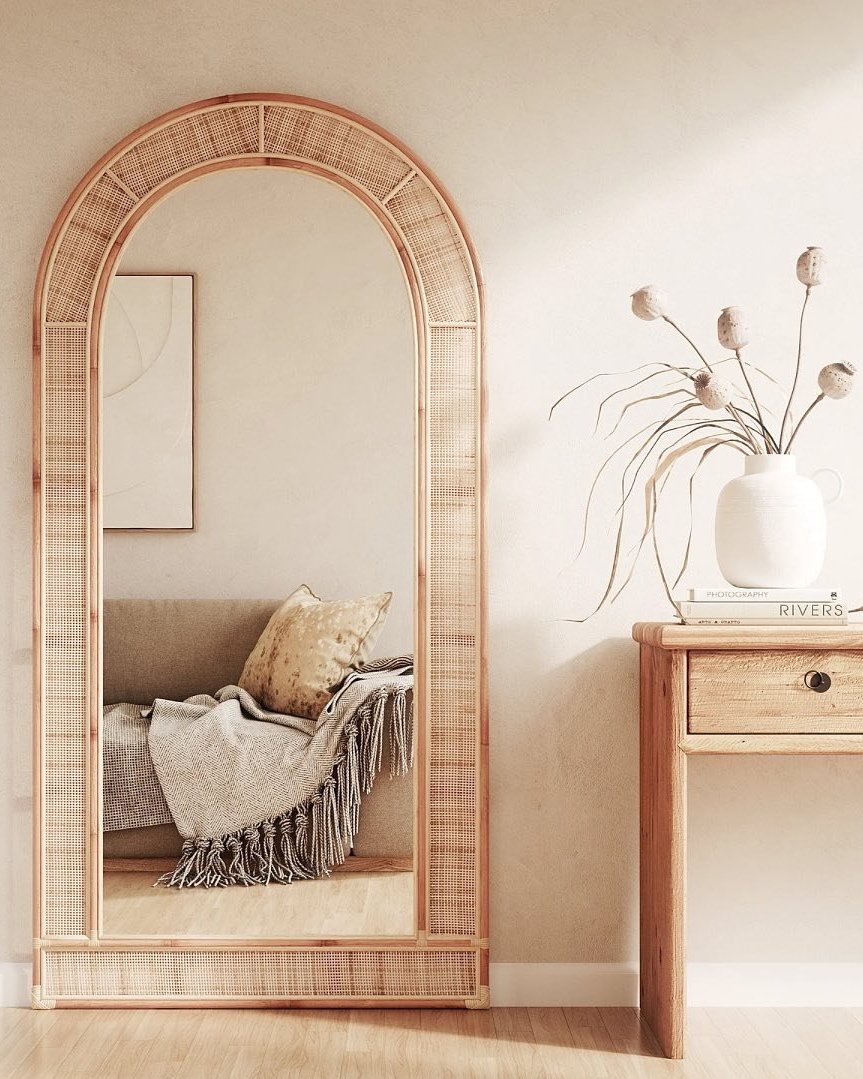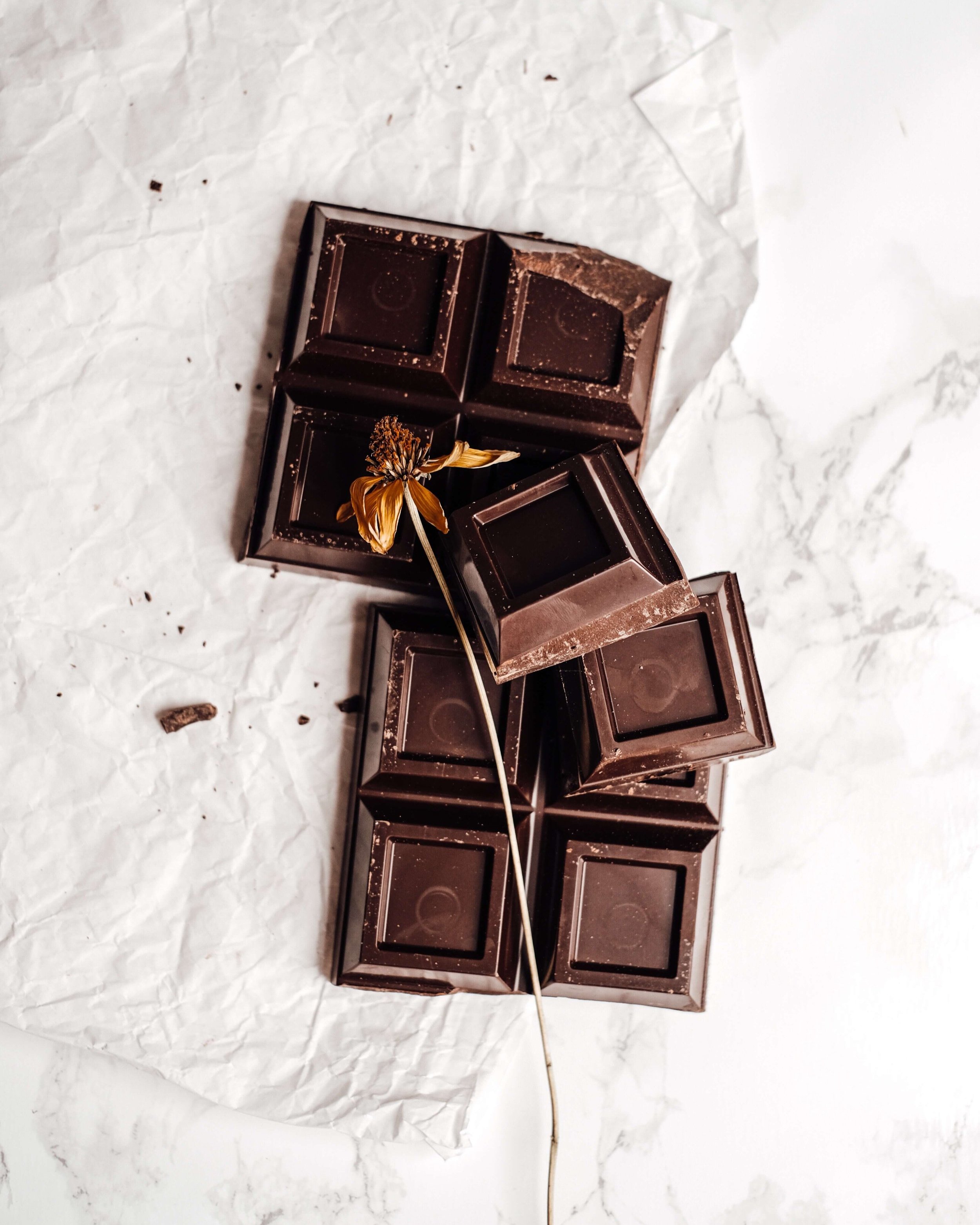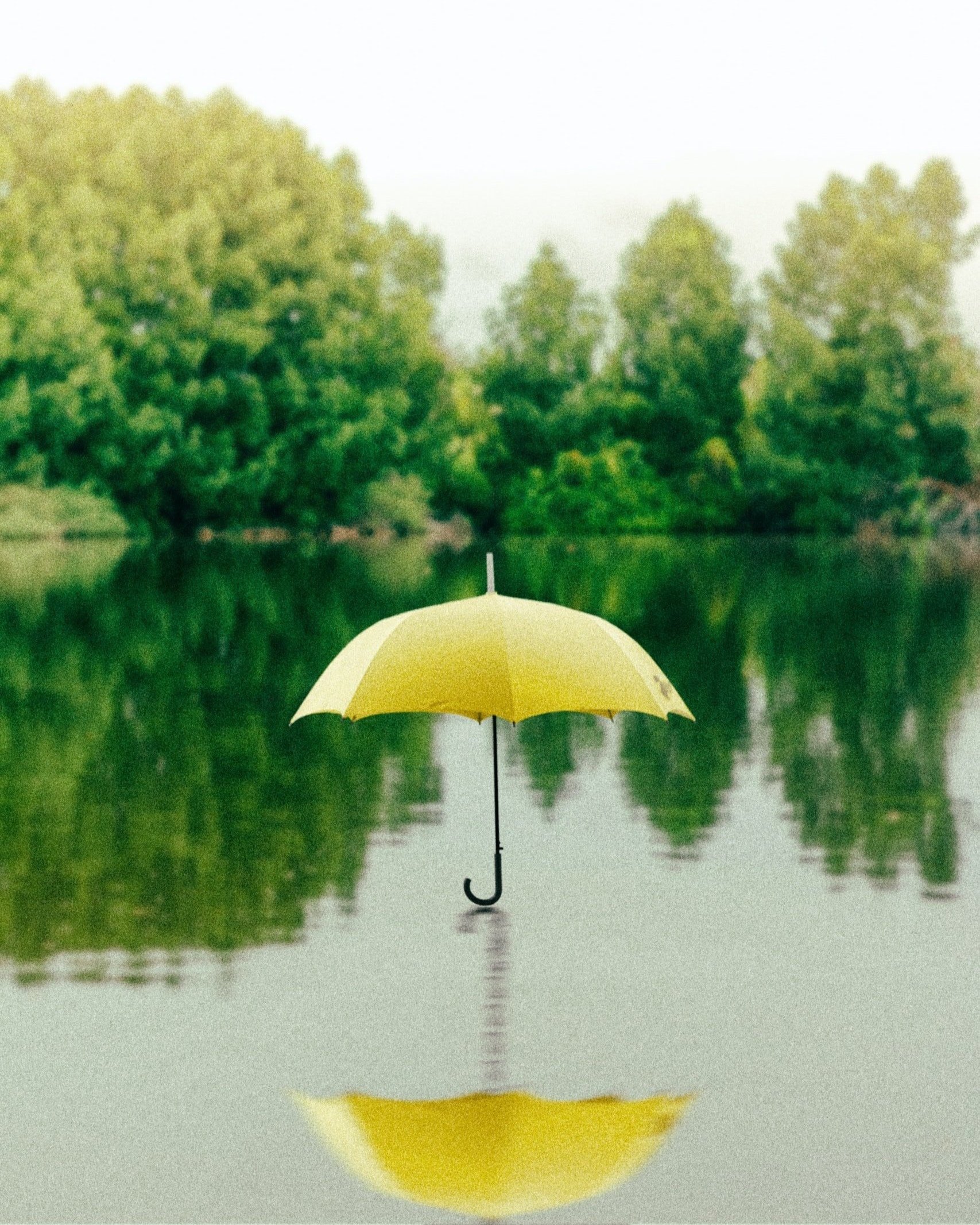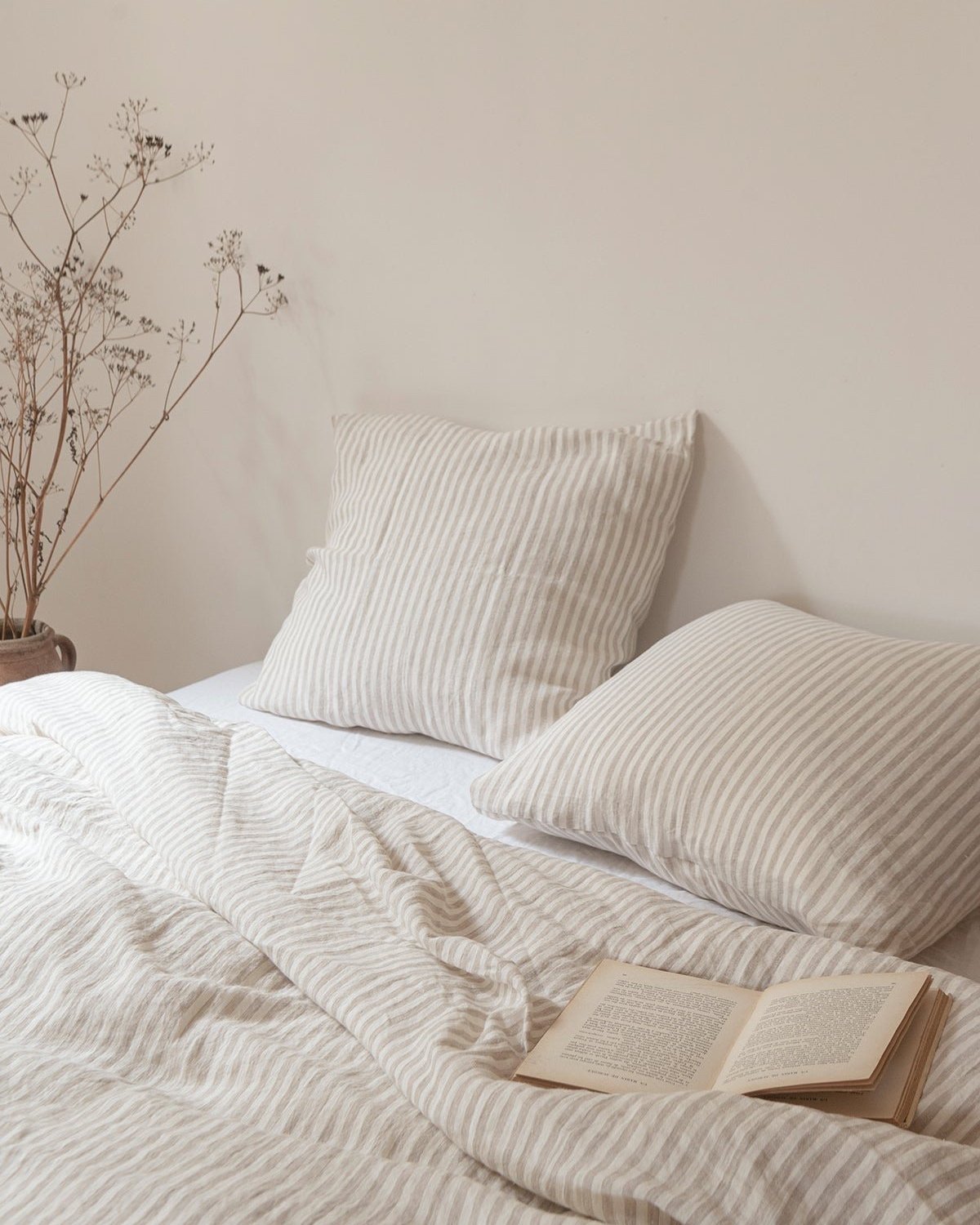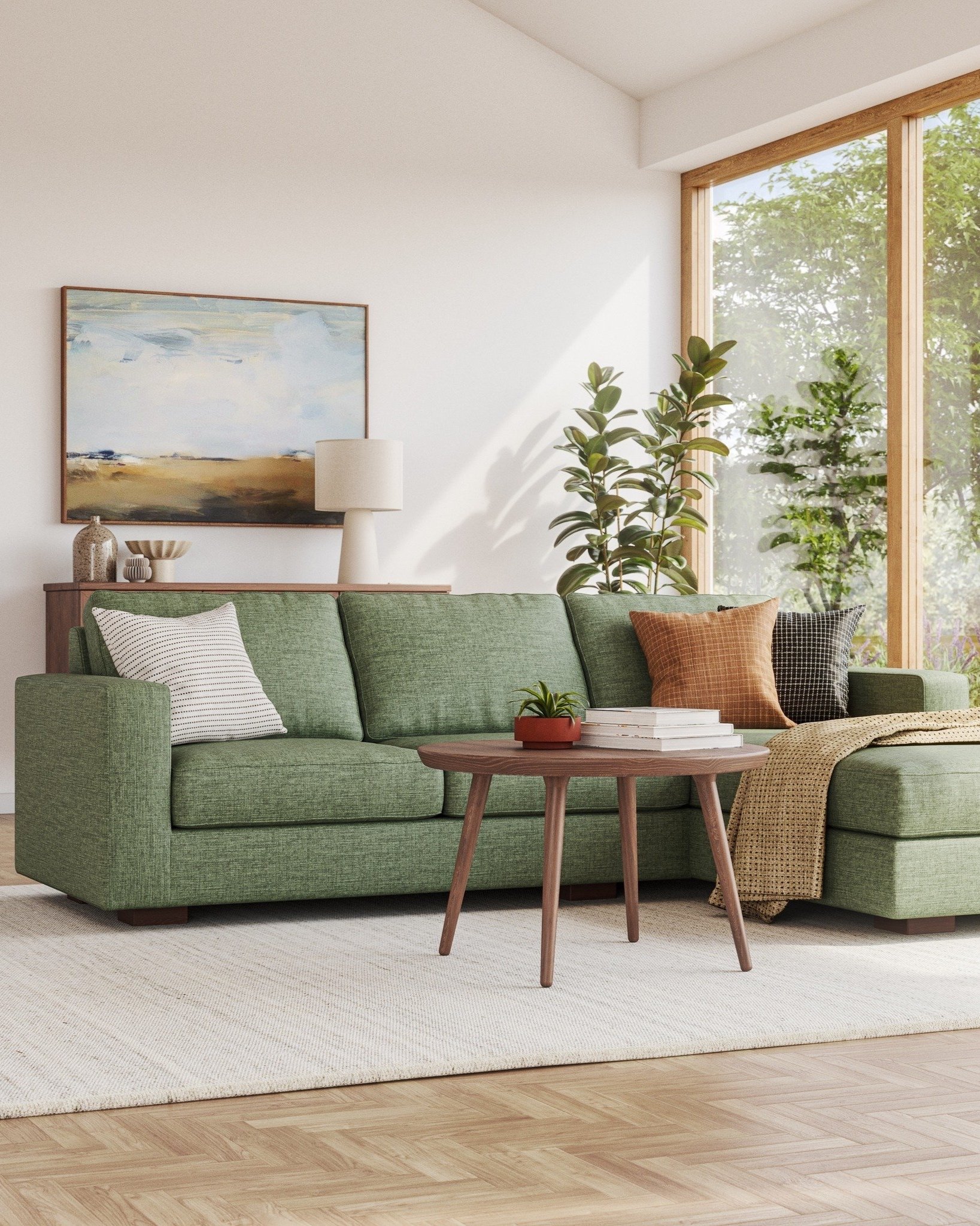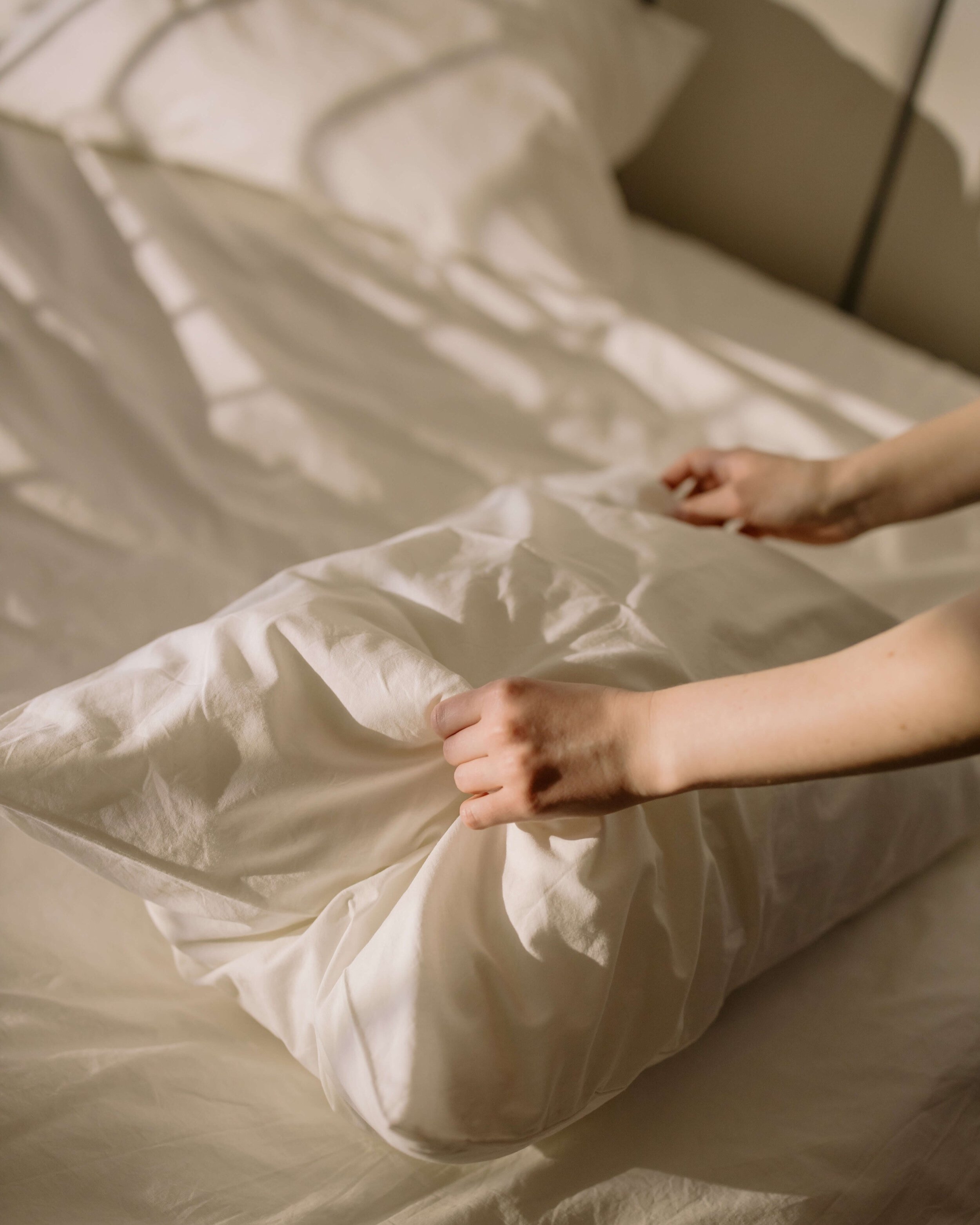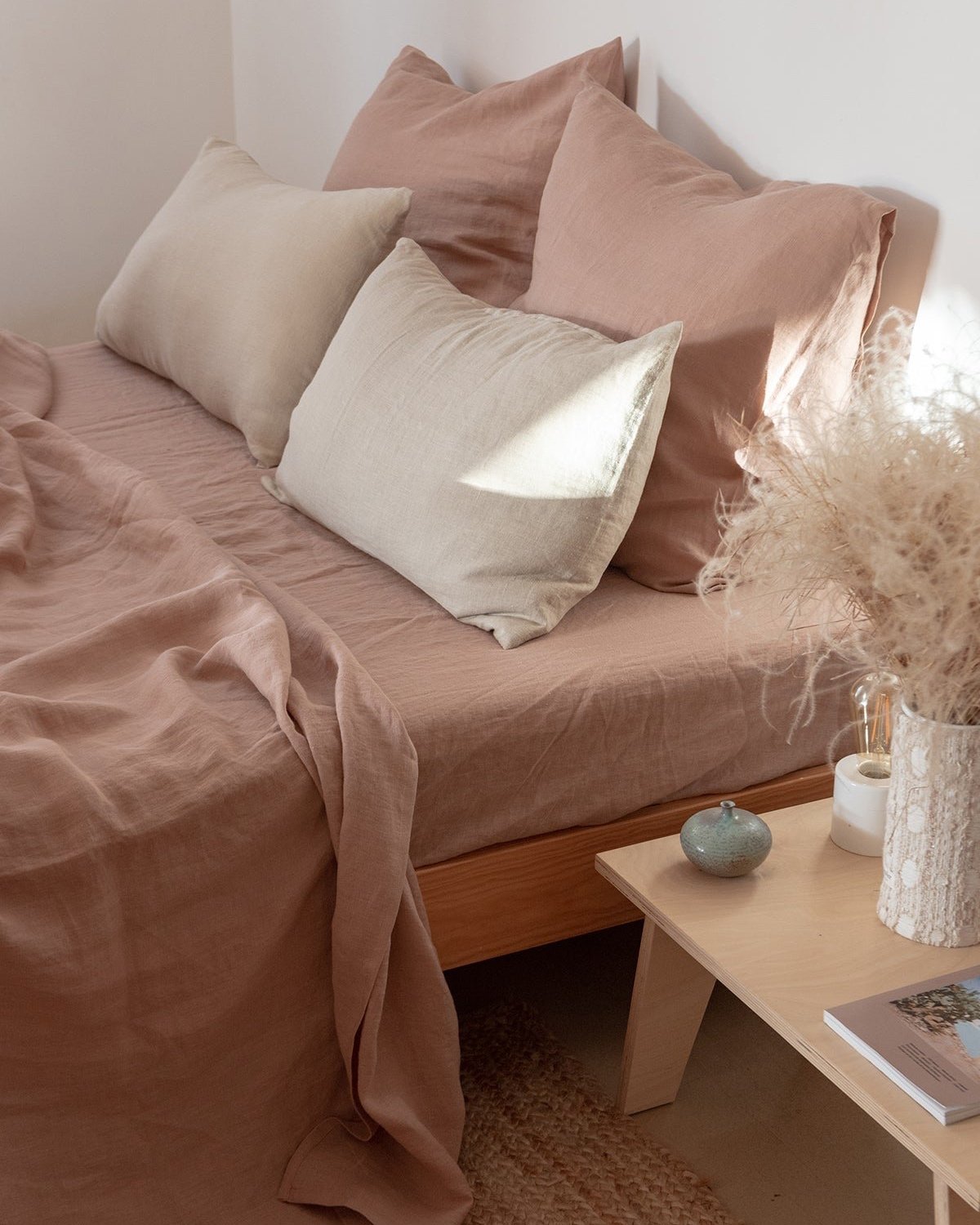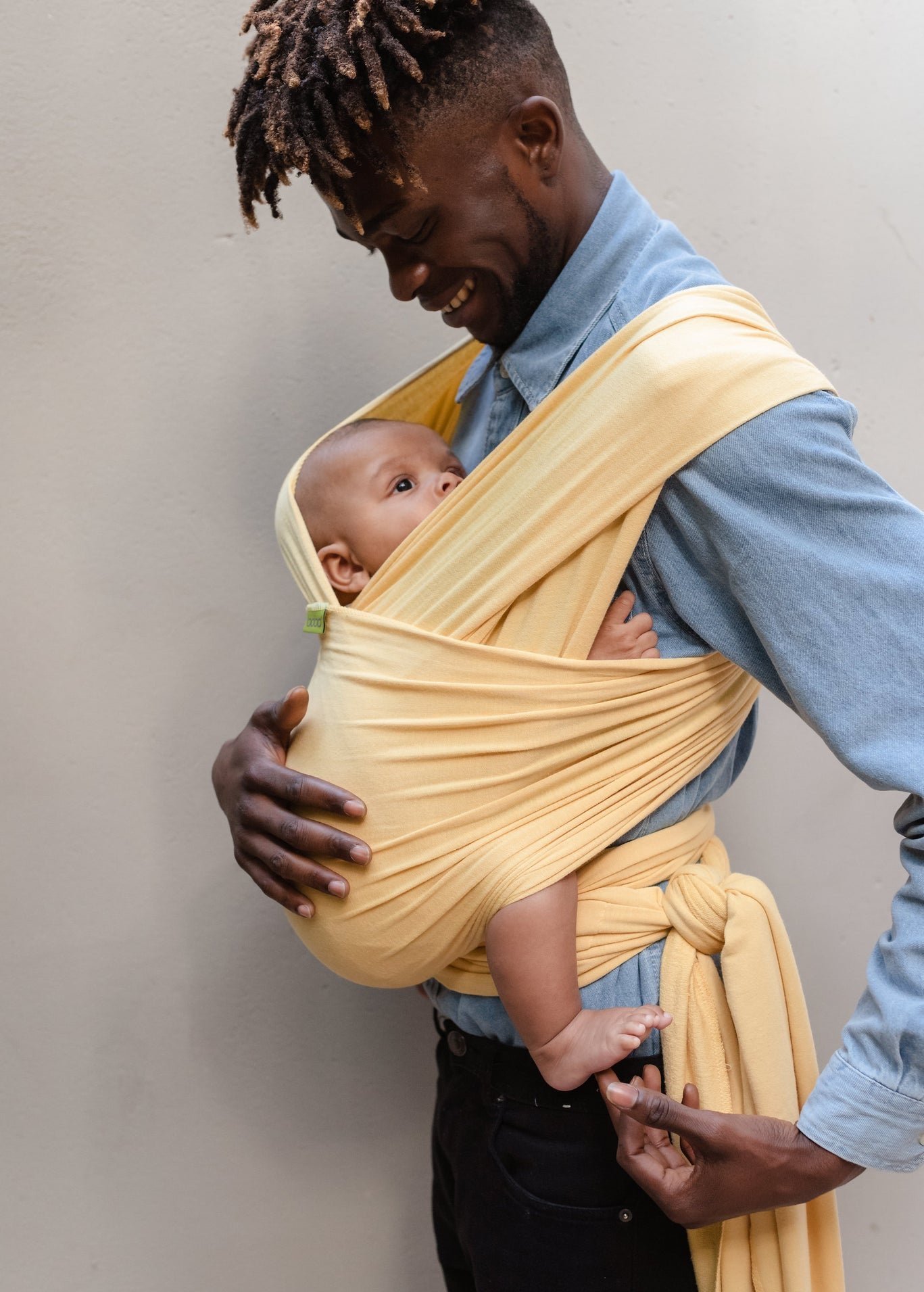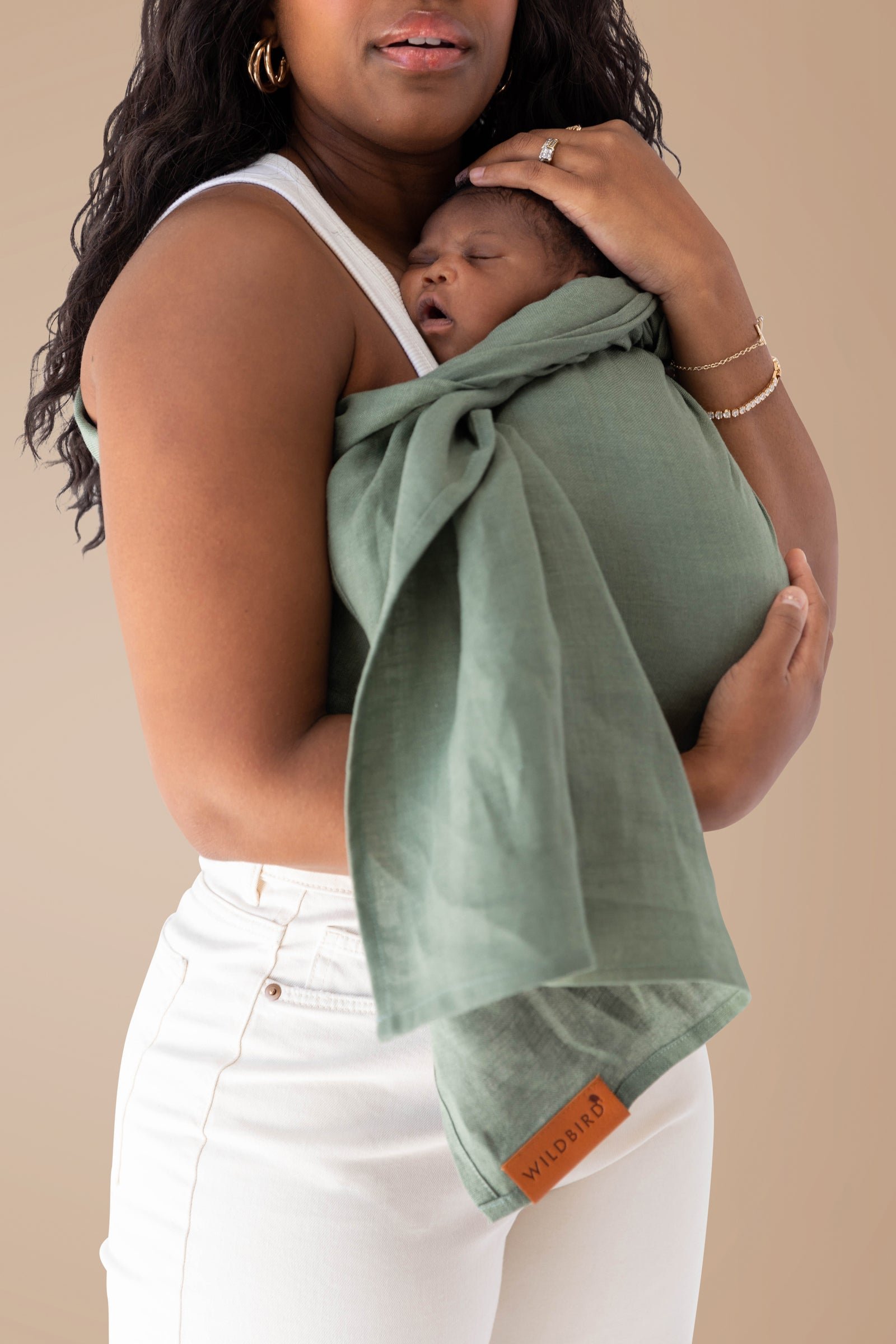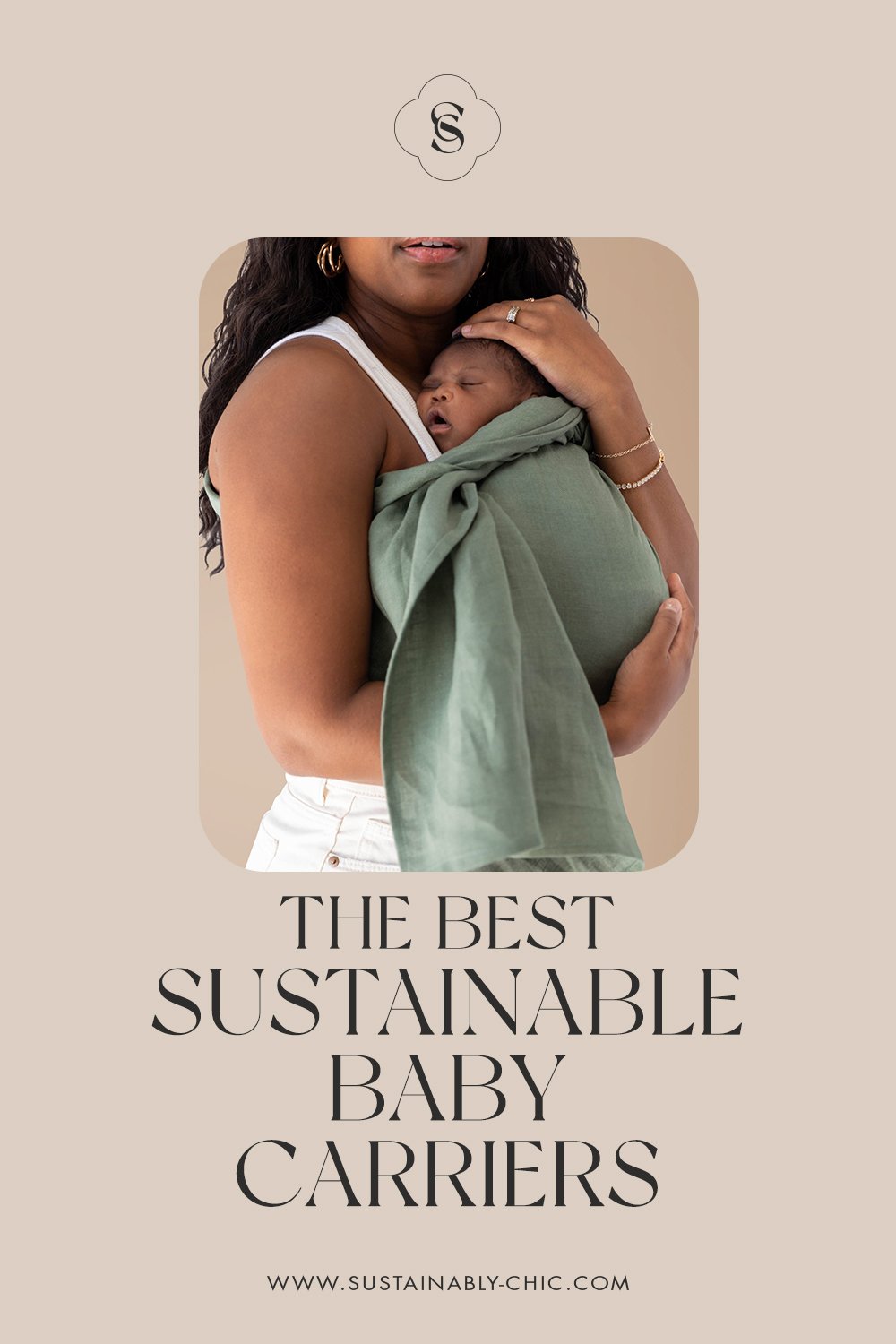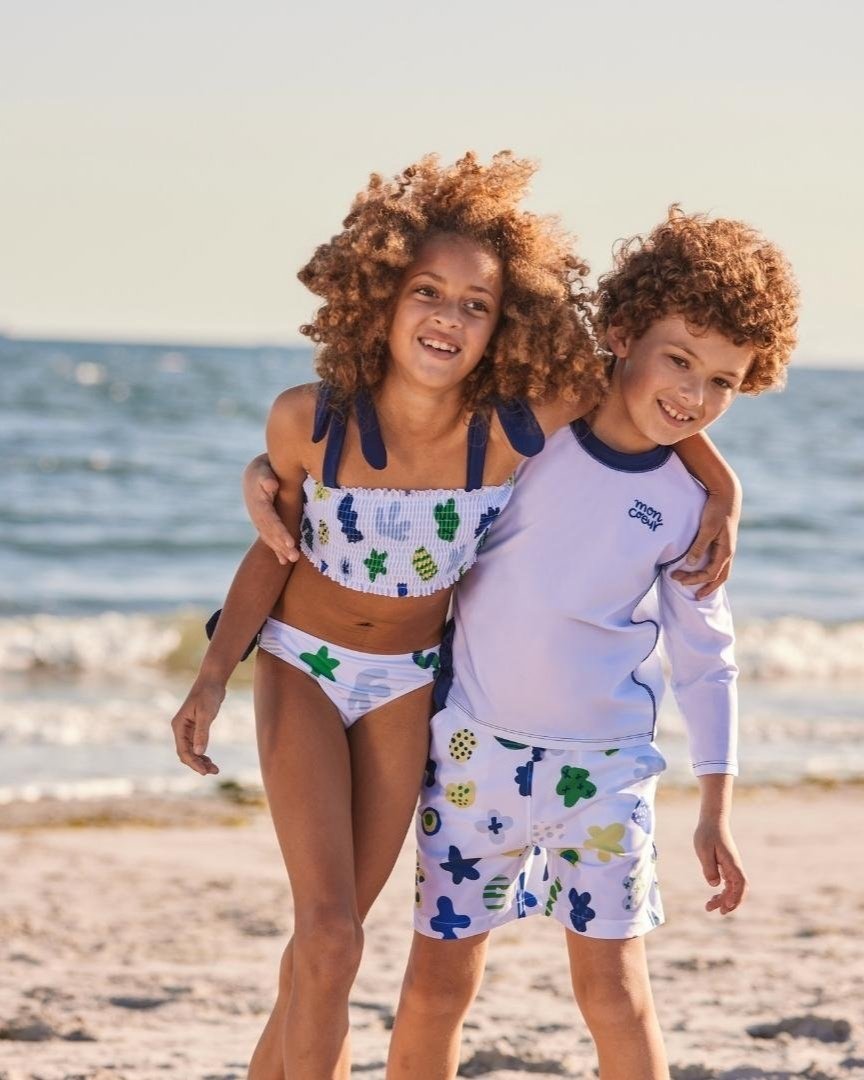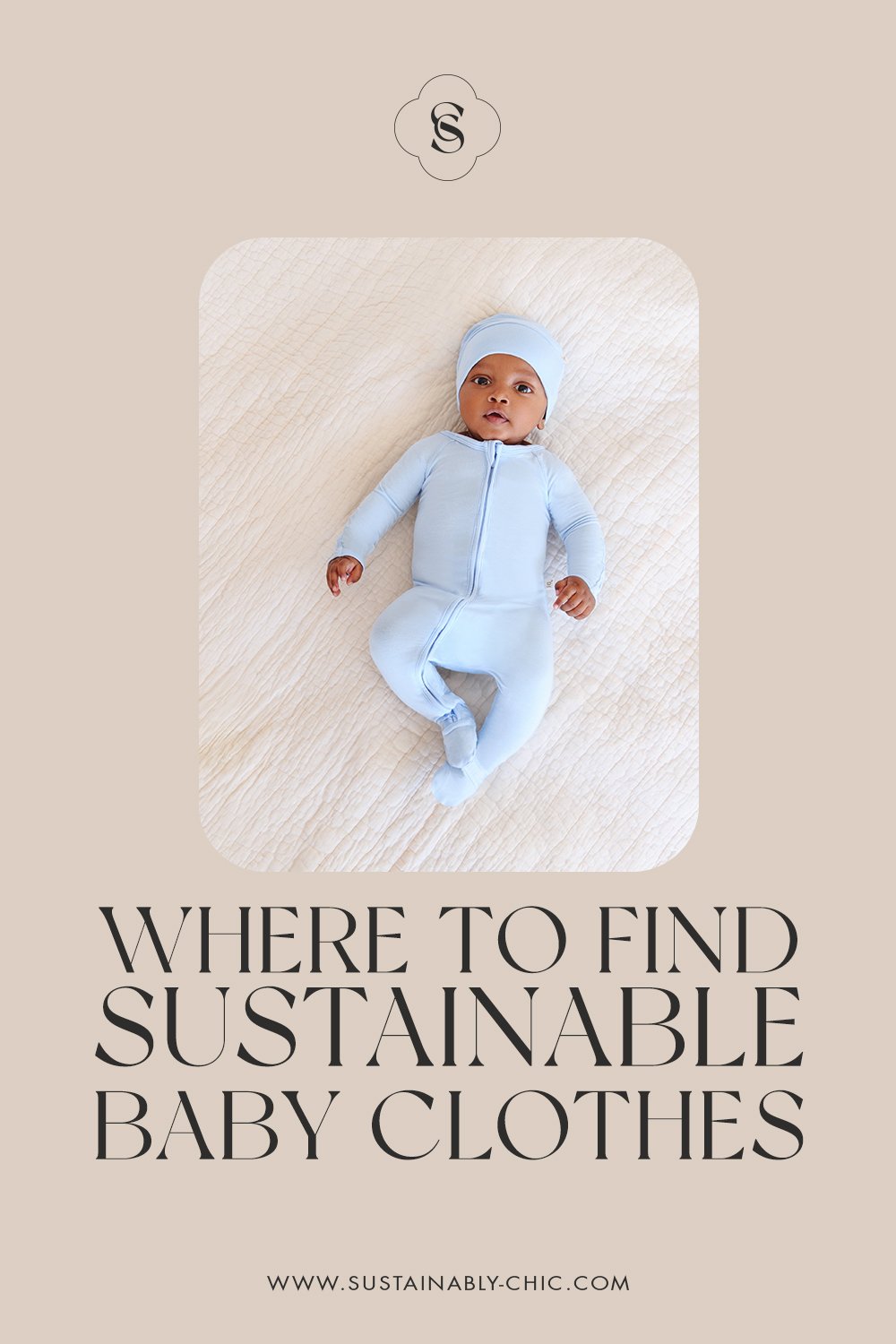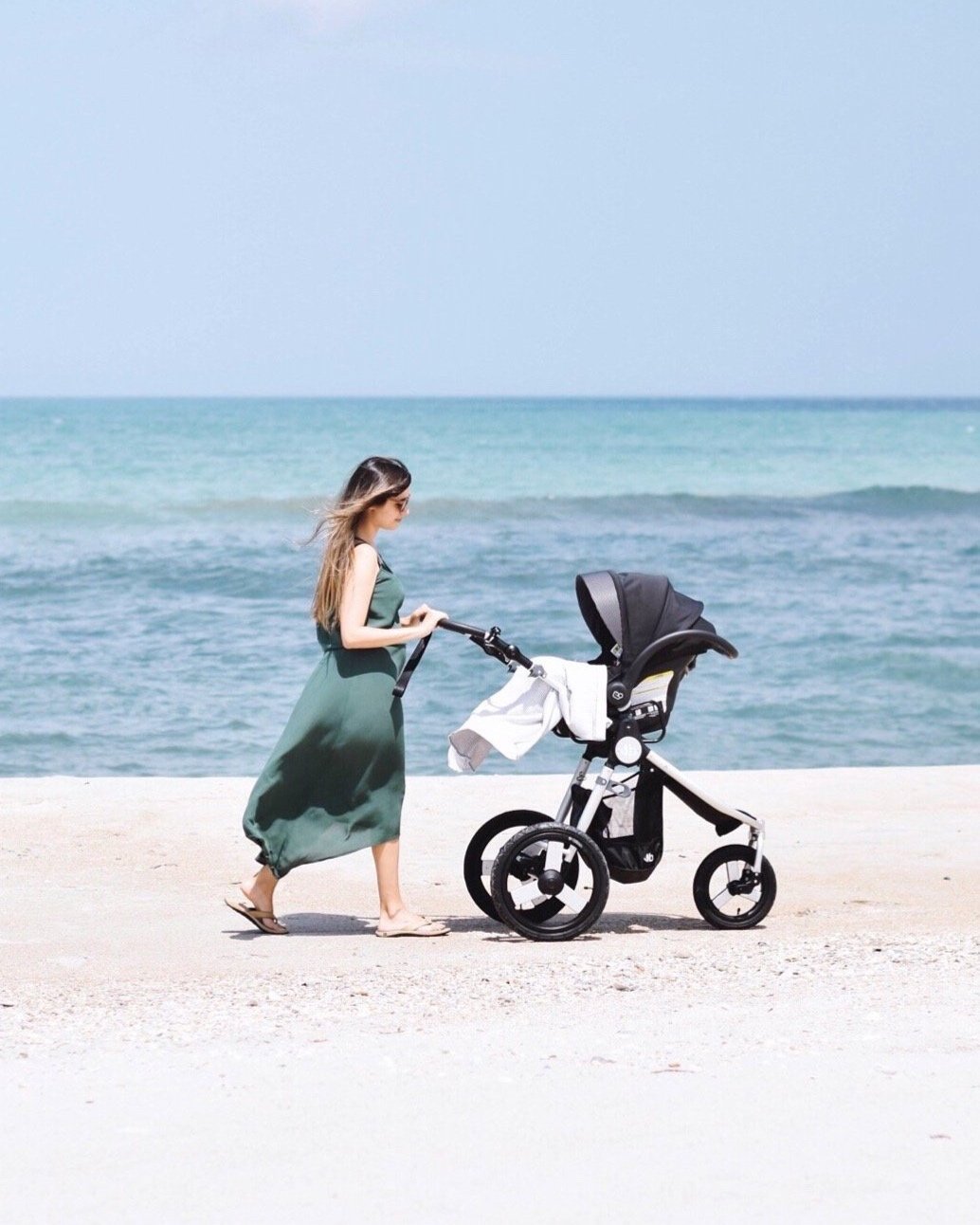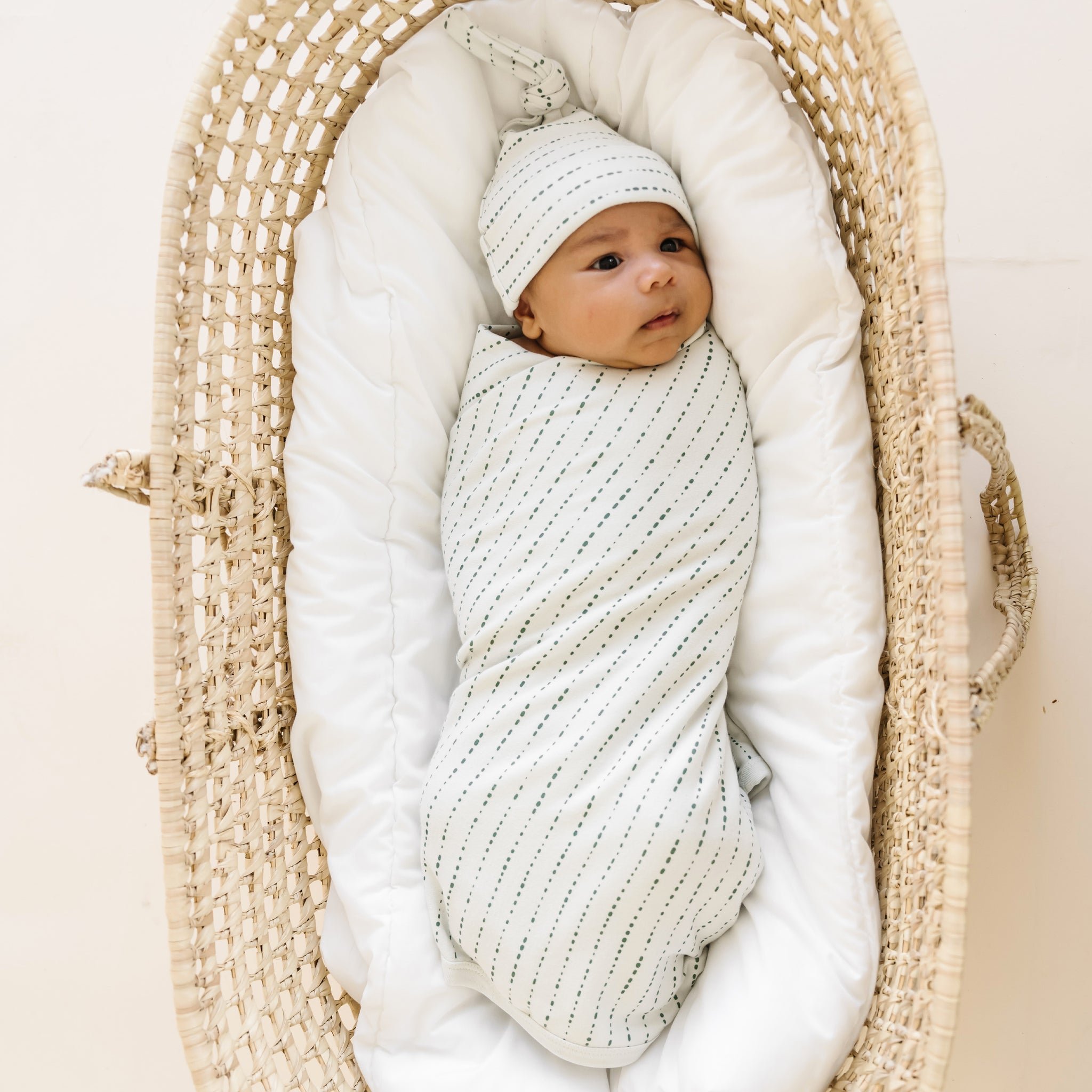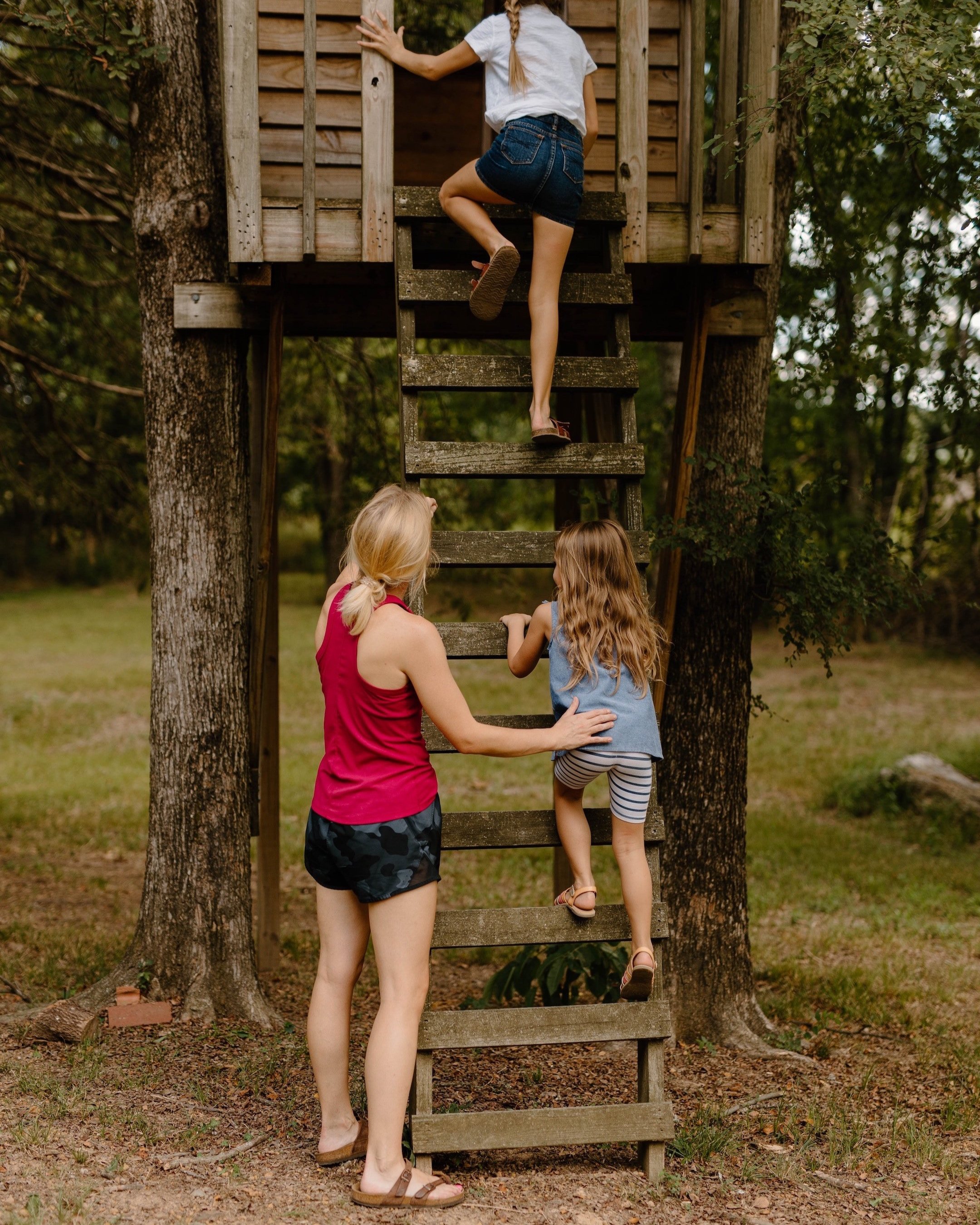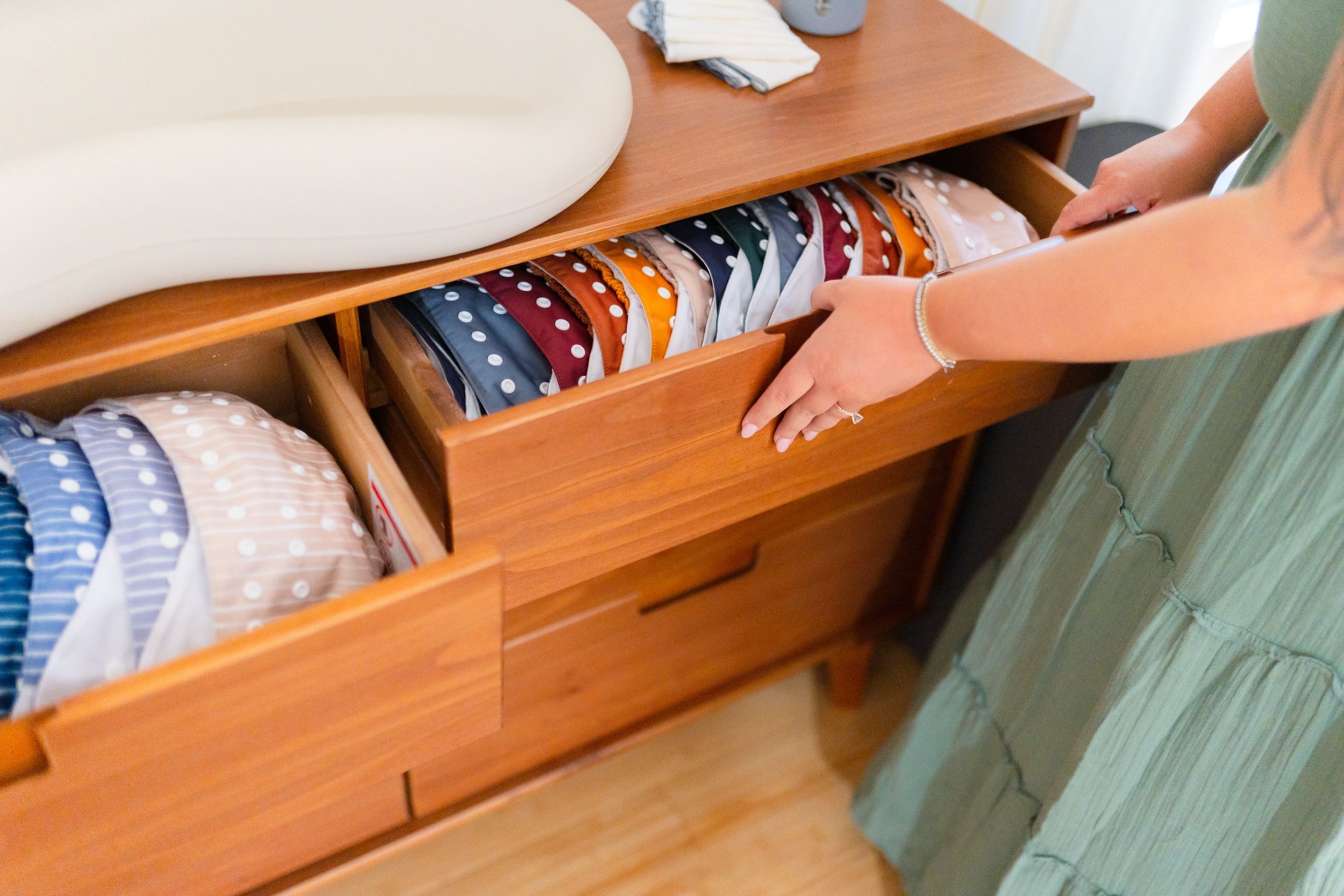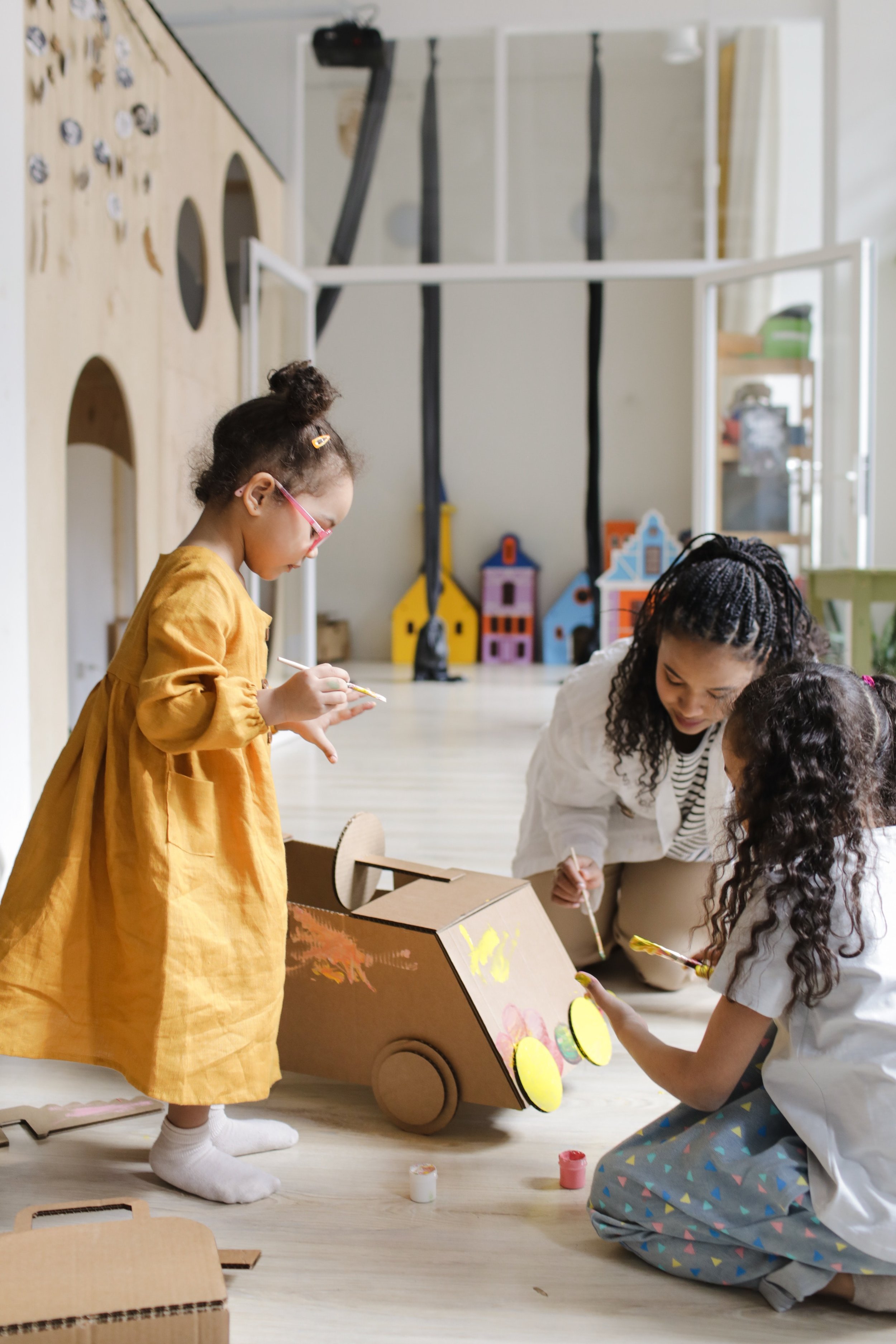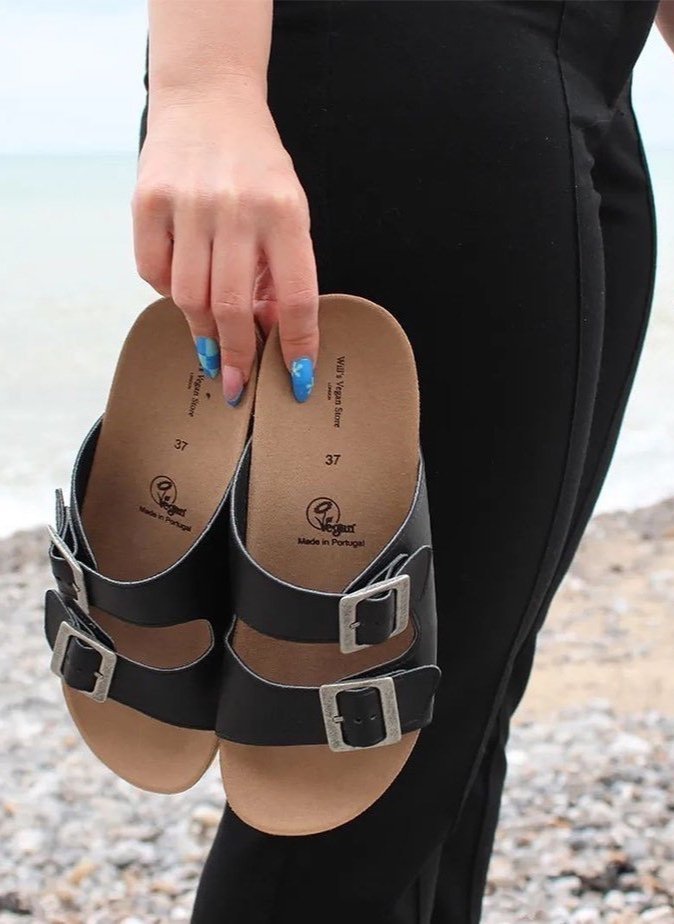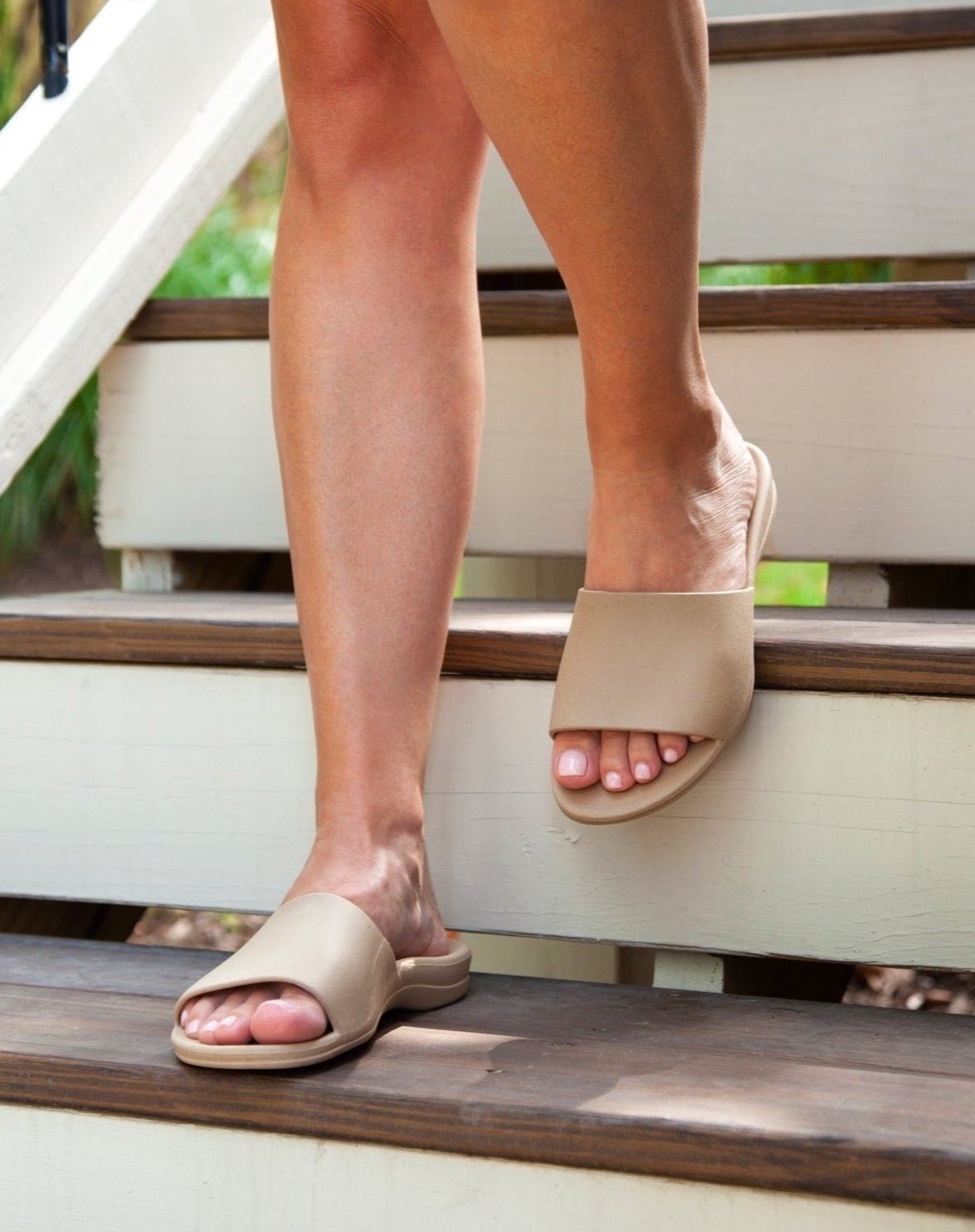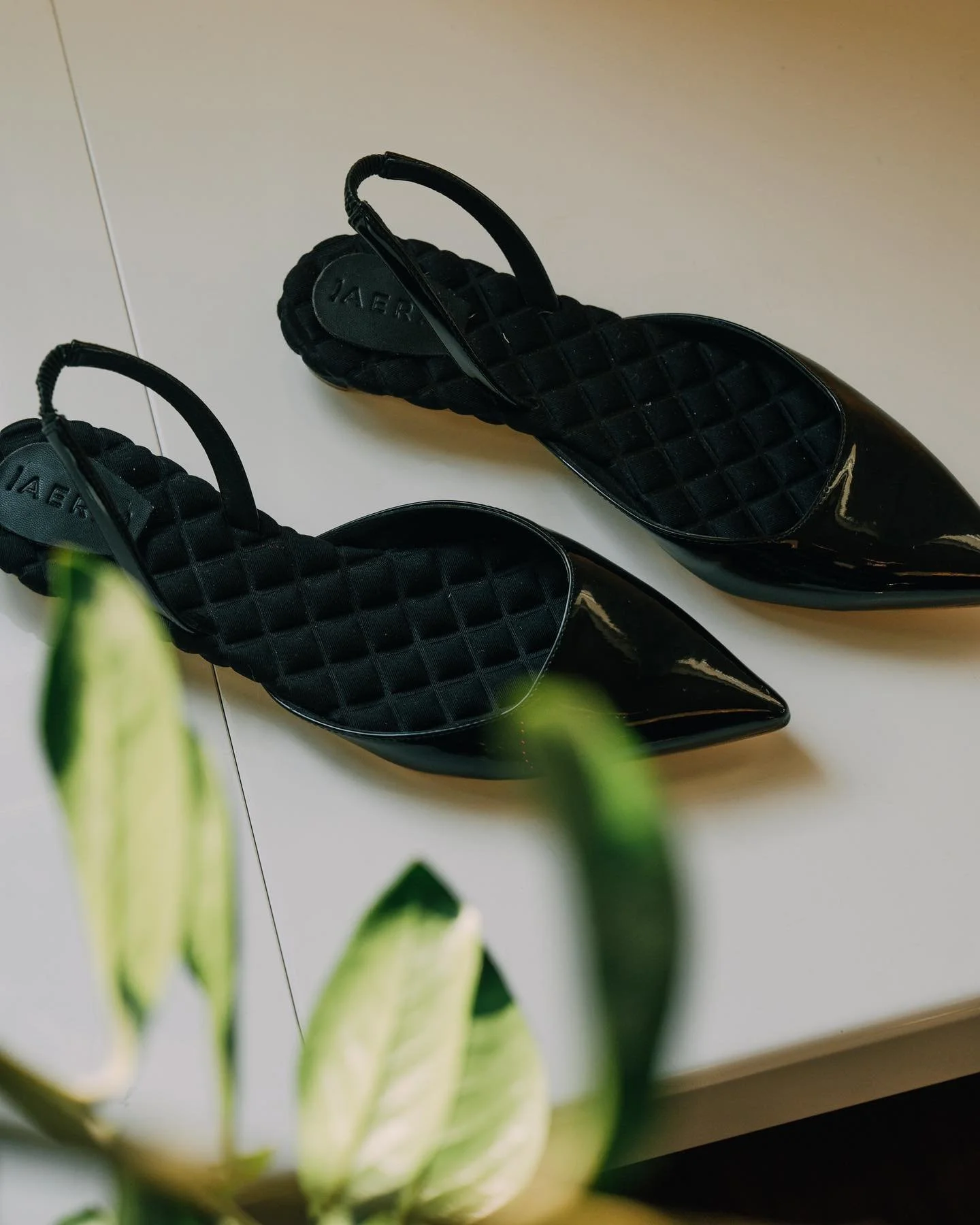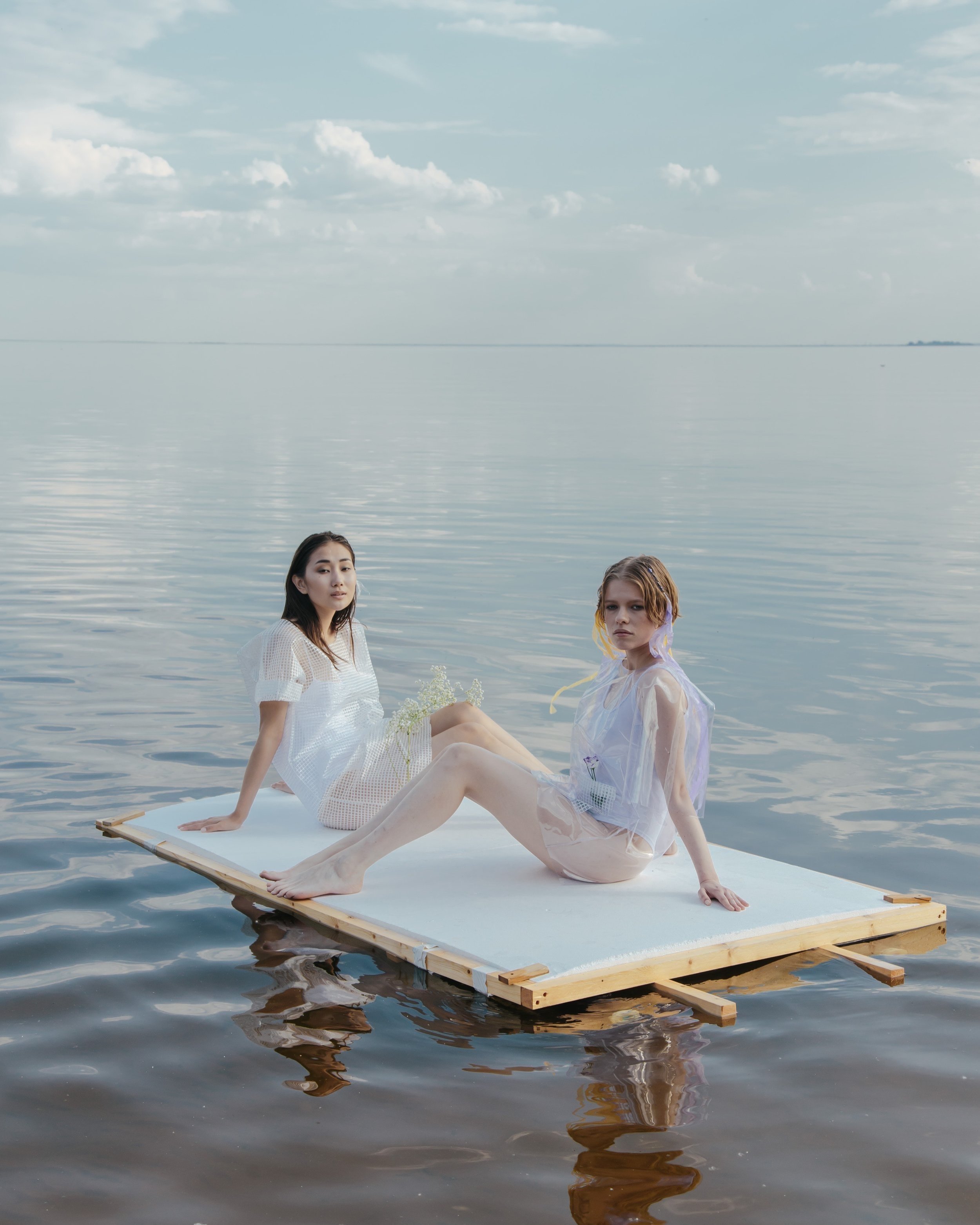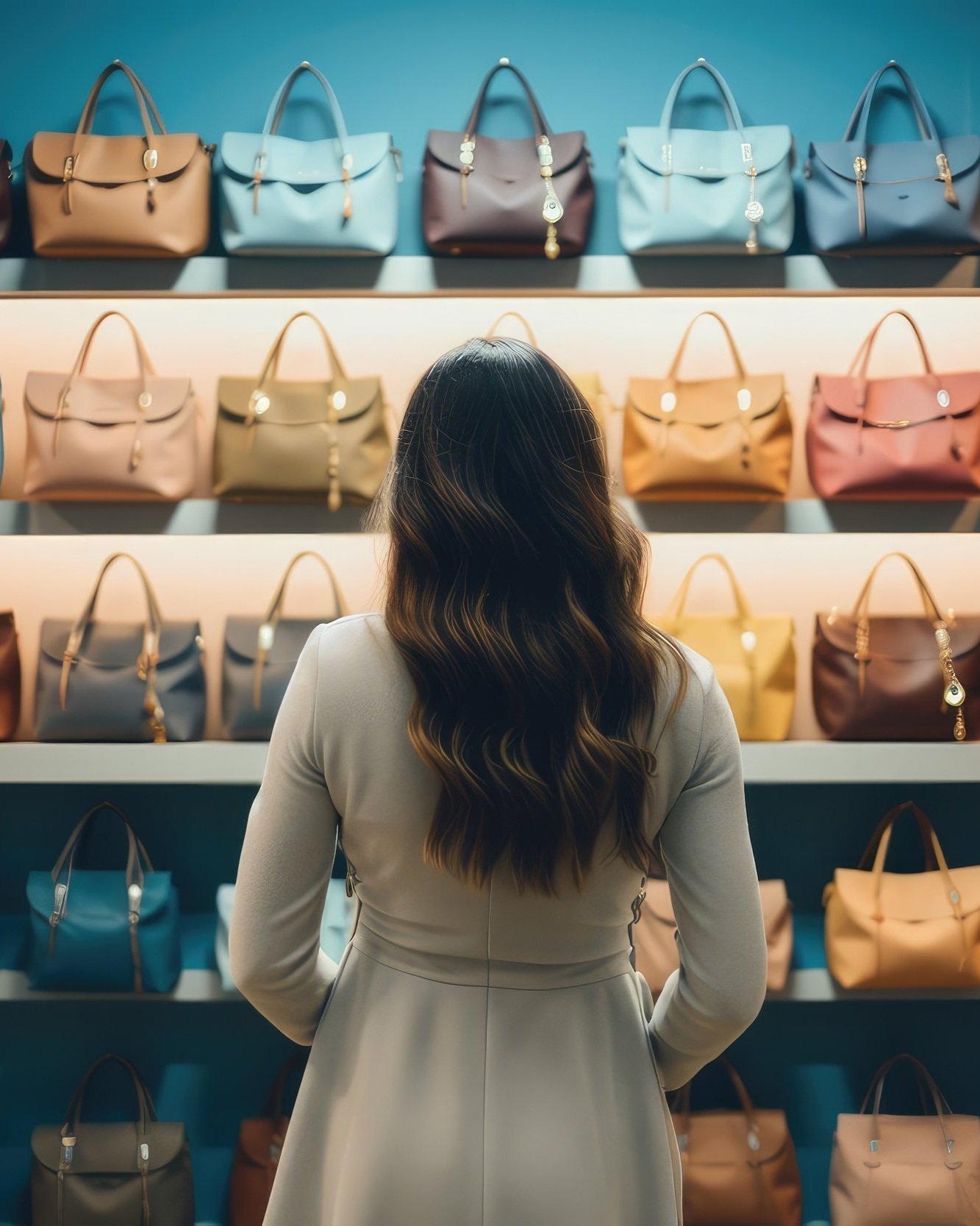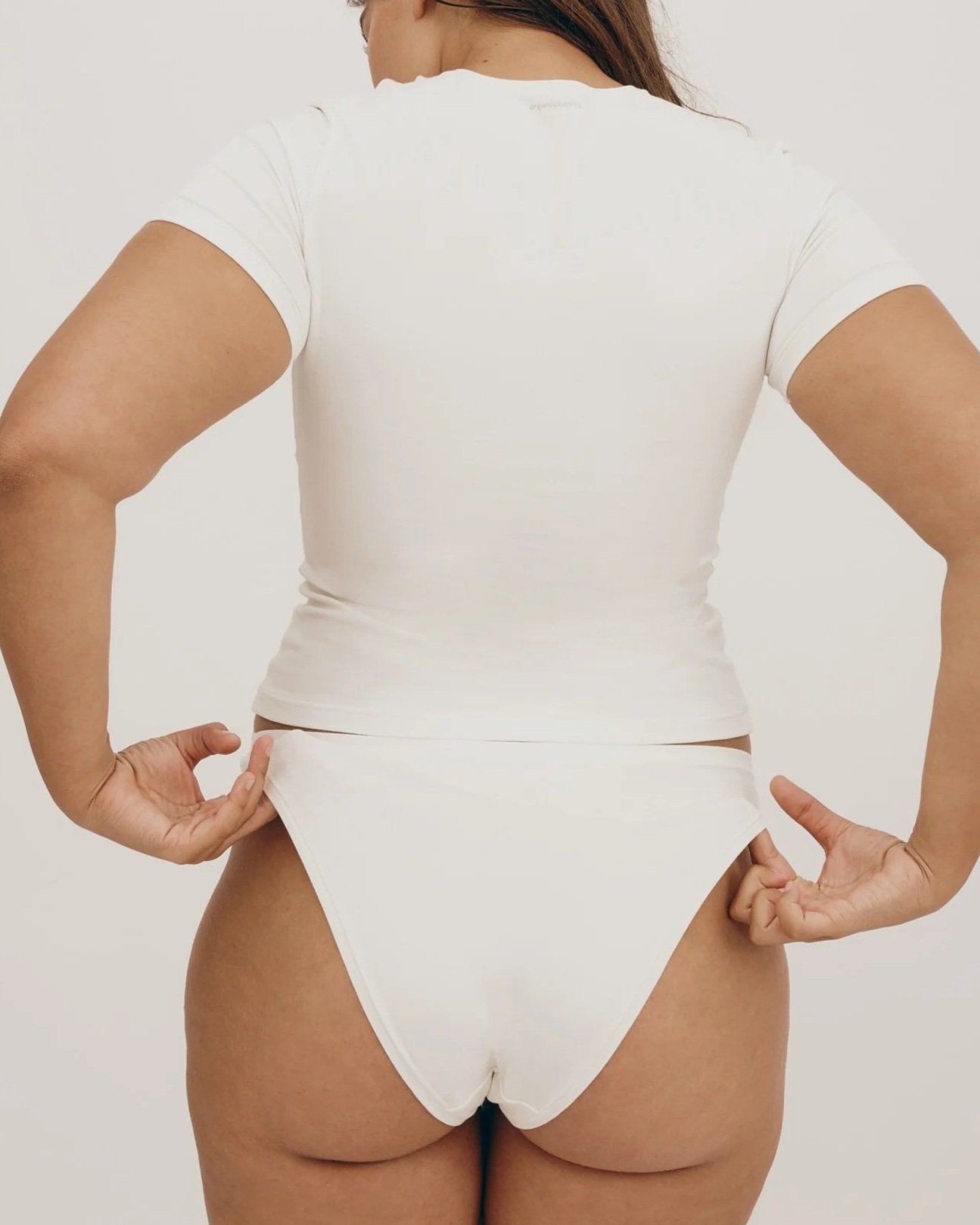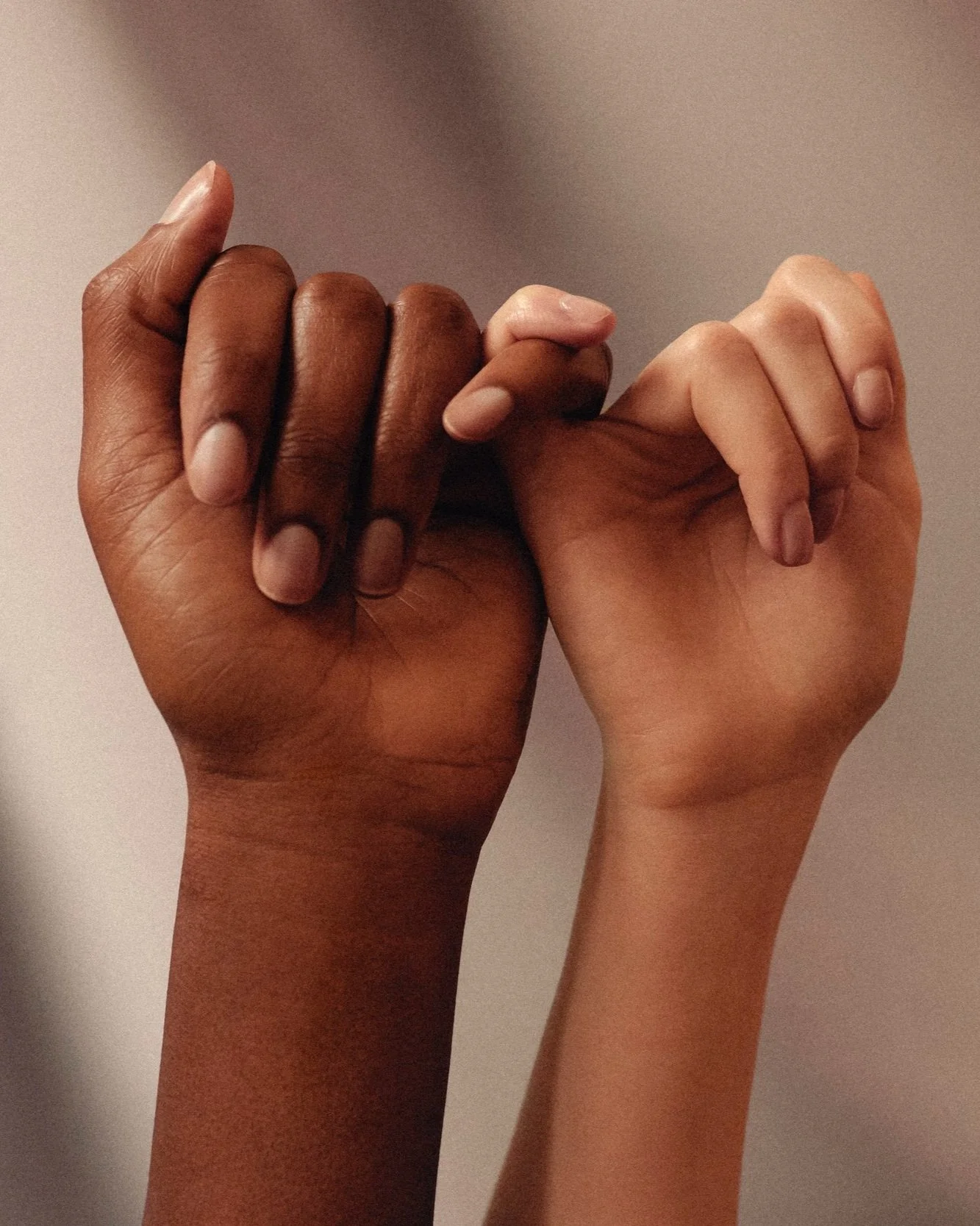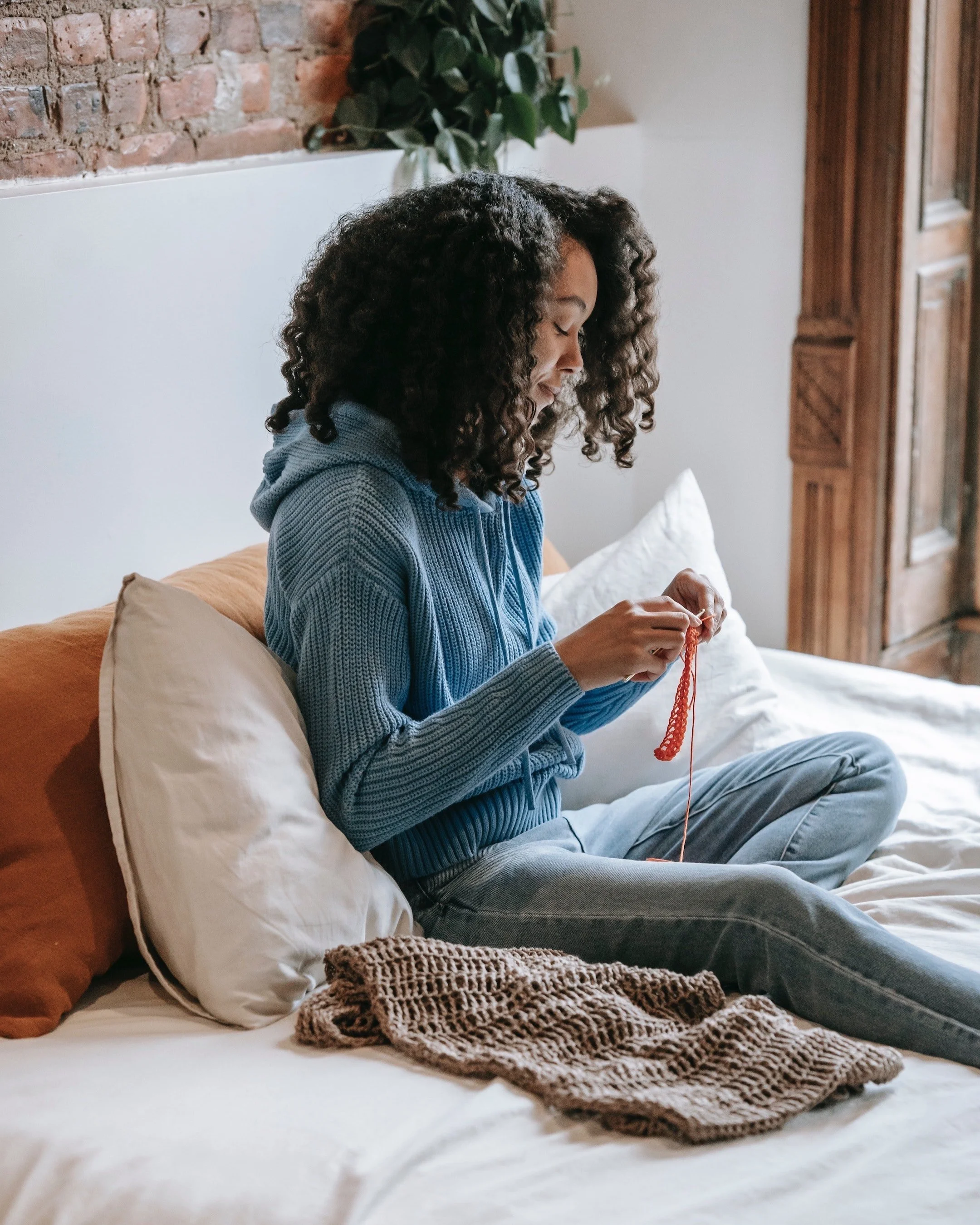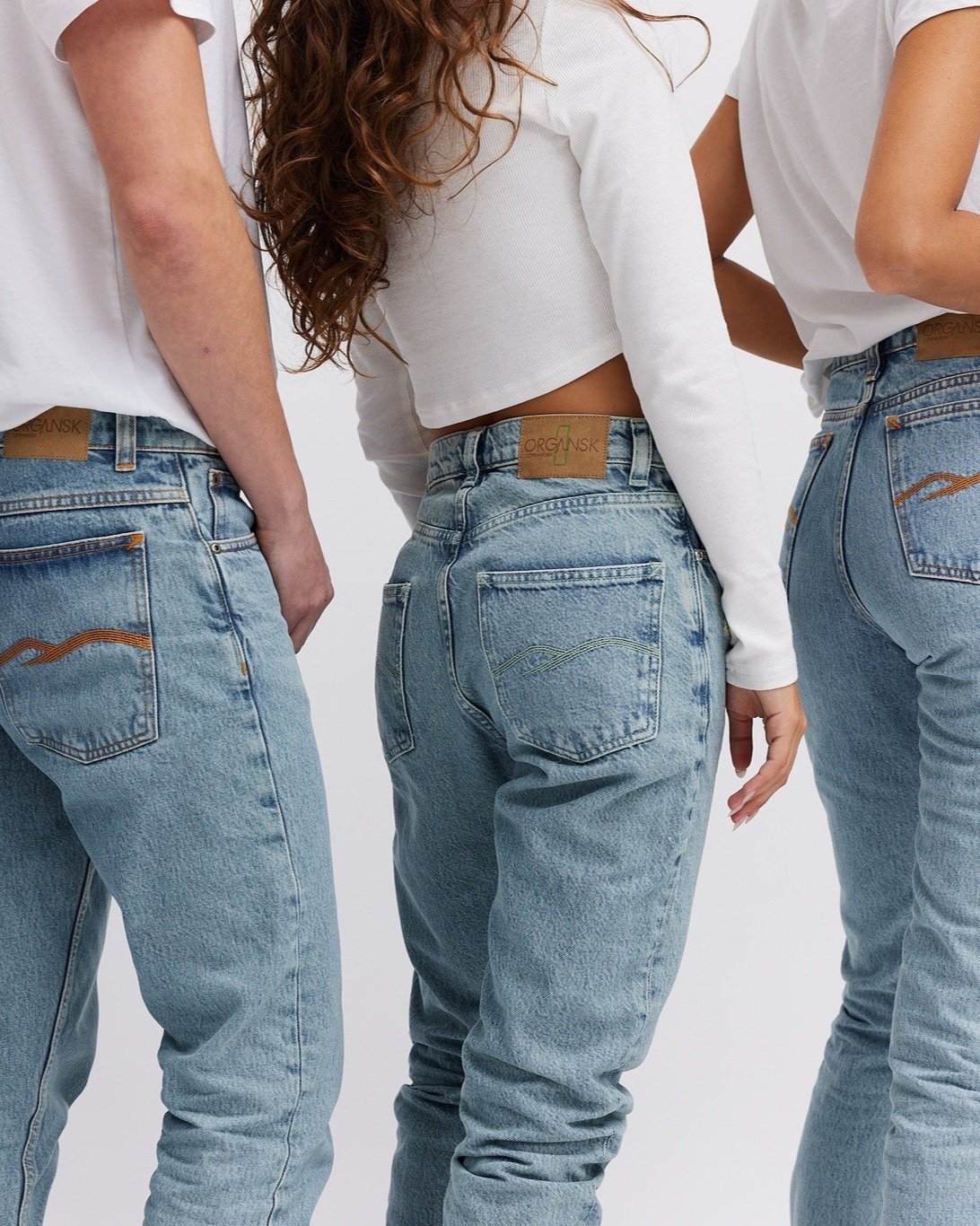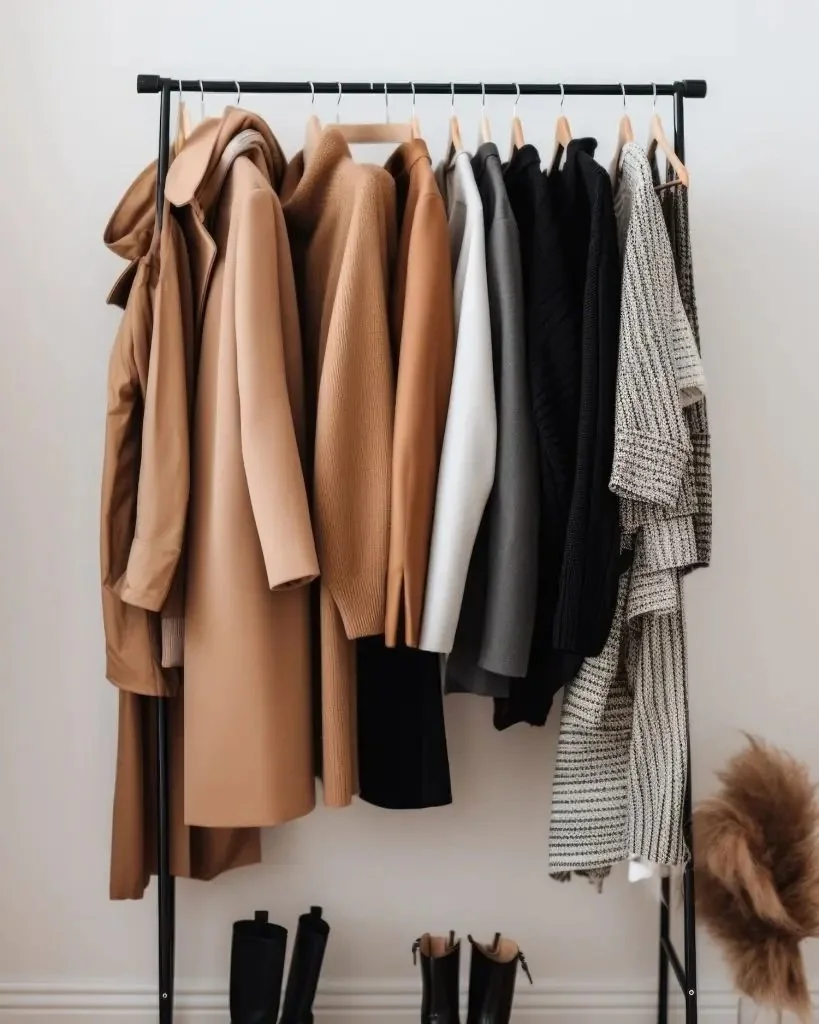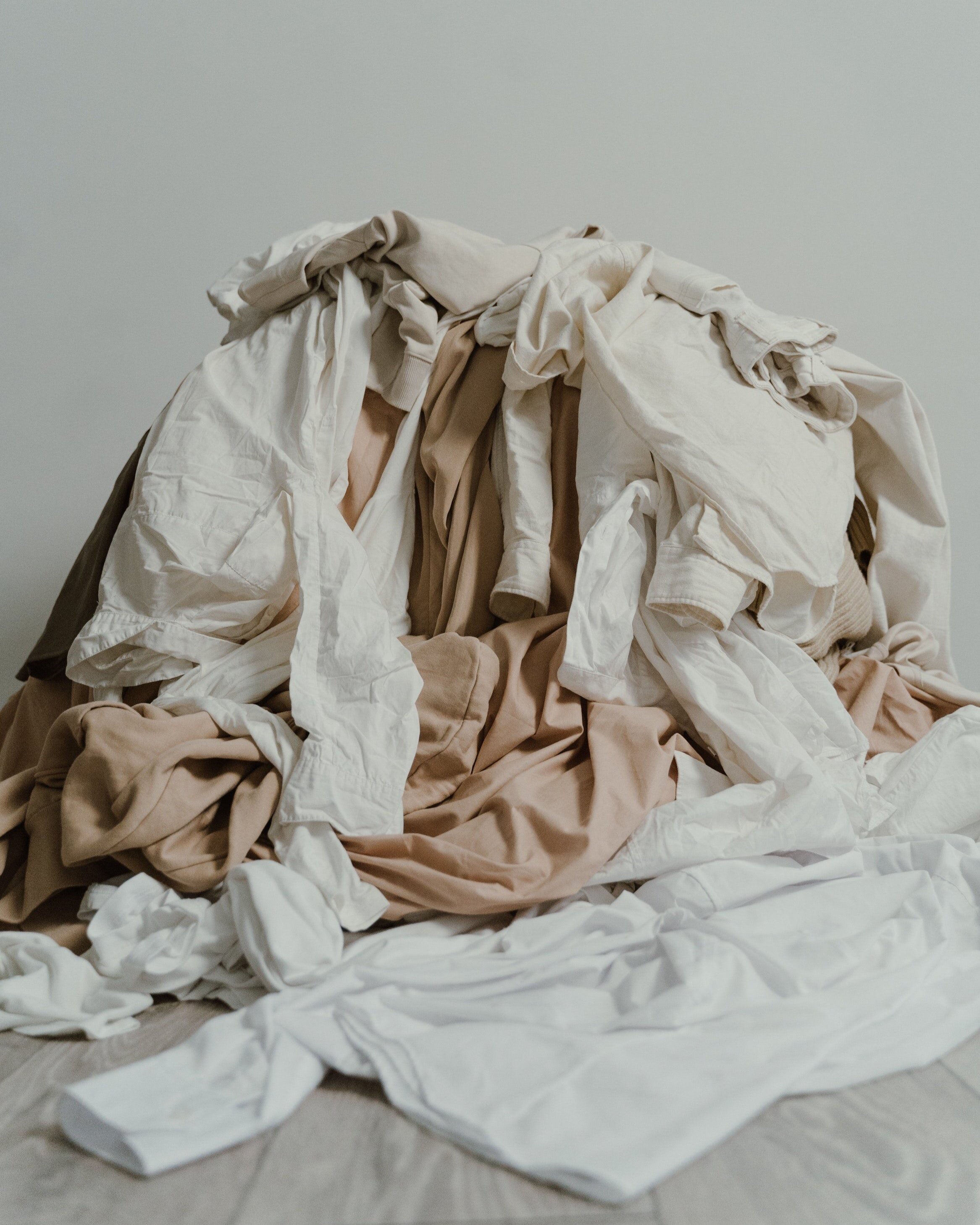Image: Mightly
Disclosure: Some of the links below are affiliated; we may earn a small commission if you click through and make a purchase. We only feature brands that align with our values and contribute to a better fashion industry. Thank you for supporting these brands - and us!
sustainable brands that tweens Will love
During my time working in tween retailing, I gained valuable insight into the often-overlooked world of tween fashion. While children’s clothing brands typically cater to sizes up to 12/14, tweens inhabit a unique space of their own. They're not quite children, yet not fully teens who are ready to transition to adult brands. What’s more, it's challenging to find sustainable clothing brands that offer sizes for tweens, as many stop at size 10. It's been a personal mission of mine to discover and curate a list of sustainable brands that cater to this age group, leveraging my expertise in tween fashion to make shopping an exciting experience for tweens.
What is a tween?
Tweens, typically aged 9-12, represent a unique demographic in the fashion world. Traditional fashion brands like Justices, Abercrombie Kids, and others cater to this age group, but there is a rising interest in sustainable alternatives to these brands.
What do tweens look for when choosing clothes or fashion?
Tweens tend to have stronger preferences when it comes to fashion compared to younger children. They are beginning to develop their own sense of style and are eager to convey their individuality through their clothing choices. While they desire to move away from shopping at children's stores, they often find themselves in between sizes, not quite fitting into adult sizes yet. Many of us can likely relate to this experience of wanting to transition from kids' clothing to something more mature during our tween years.
Does tween fashion fall under children’s brands? Or do they have unique fashion brands for their age group?
Many fast fashion brands have carved out their own niche in the industry. If you're in your 30s, you may have fond memories of shopping at Limited Too, which is now known as Justice. These brands primarily offer clothing in children's sizes but target the tween and young teen demographic. Sustainable fashion is gaining traction in the industry, but there isn't yet a dedicated brand for this age group. However, there are several children’s brands that offer sizes suitable for tweens and feature fun and expressive designs that cater to their tastes. Without further ado, let's delve into our top recommendations for the tweens in your life!
Brand Rating Guide:
❤︎ = we like ❤︎❤︎ = we really like ❤︎❤︎❤︎ = we LOVE
Click here to learn how we rate brands on Sustainably Chic
Our top pics for tween sustainable fashion brands:
1. Mightly
❤︎❤︎
Mightly offers a range of Fair Trade certified clothing, including tees, leggings, dresses, hoodies, and pajamas. These items are sourced from India and are made from GOTS organic cotton, using non-toxic, tween-safe dyes. Many of their designs are gender-neutral, which were created by Lili Arnold, an artist and designer from Santa Cruz, California. The brand's carefree spirit and fun prints make it a great choice for tweens looking to express themselves through their clothing.
2. Hanna Andersson
❤︎
If your tween loves Disney, prints, and colors, Hanna Andersson may be their new favorite clothing brand! Started in Portland back in 1983, Hanna Andersson was perhaps the first sustainability-focused kids’ brand. Made from natural materials like organic cotton (note: not all their clothing is made with organic cotton), their clothing is made to wear and wash over and over then handed down. They even have swimwear and accessories; plus, a secondhand shop to shop even more sustainably.
3. Infantium Victoria
❤︎❤︎
Infantium Victoria is a one-of-a-kind and exquisite brand designed specifically for tweens. Julia Gaydina and Dinie van den Heuvel established the brand in 2014. Their focus is on creating high-end organic and vegan fashion for children up to size 16, drawing inspiration from romance and nostalgia. Every garment is produced ethically, utilizing only organic materials and following sustainable sourcing, production, and distribution practices. As a tween, I would have adored this brand for its commitment to style and sustainability.
4. Jackalo
❤︎❤︎❤︎
This brand is committed to creating clothing that encourages play and is always mindful of its environmental footprint. Recently, a contributor highlighted the advantages of circular fashion, and this brand is a shining example of this concept. They actively recycle all leftover fabric from their production process, promote a culture of repairing and reusing, and even provide discounts on future purchases to customers who return their used Jackalo™ products for repair or upcycling. It's a great model for other brands to emulate!
5. Primary
❤︎
If your tween loves color, Primary will be your new favorite! The creators of this brand were tired of the common gender stereotypes in clothing - pink for girls, blue for boys and the need to spend a fortune for quality. They also didn't like slogans on everything, dictating who kids are and what they should be. So, they created a brand where colors aren’t associated with gender, and there are no labels or slogans. The clothes are made from soft and sustainable fabrics, and they provide great customer service!
Make sure to pin the photo below to save this post for later!
WANT TO FIND MORE SUSTAINABLE BRANDS?
The Brand Directory features hundreds of sustainable brands approved by us!
We have broken everything down by category for easy shopping, along with discount codes unique to Sustainably Chic viewers.


